Urban gardens have become a vital part of city living, offering a refreshing escape from the hustle and bustle of urban life. They provide a space where you can reconnect with nature, grow your own food, and create a serene environment right in the heart of the city. Whether you're working with a small balcony, a rooftop, or a cozy backyard, the possibilities for creating a lush urban garden are endless. In this guide, we'll explore 25 unique and practical urban garden ideas that can transform any space into a green haven. Let’s dive into the vibrant world of urban gardening and discover how to bring nature into your city life.
1. Vertical Gardens for Small Spaces
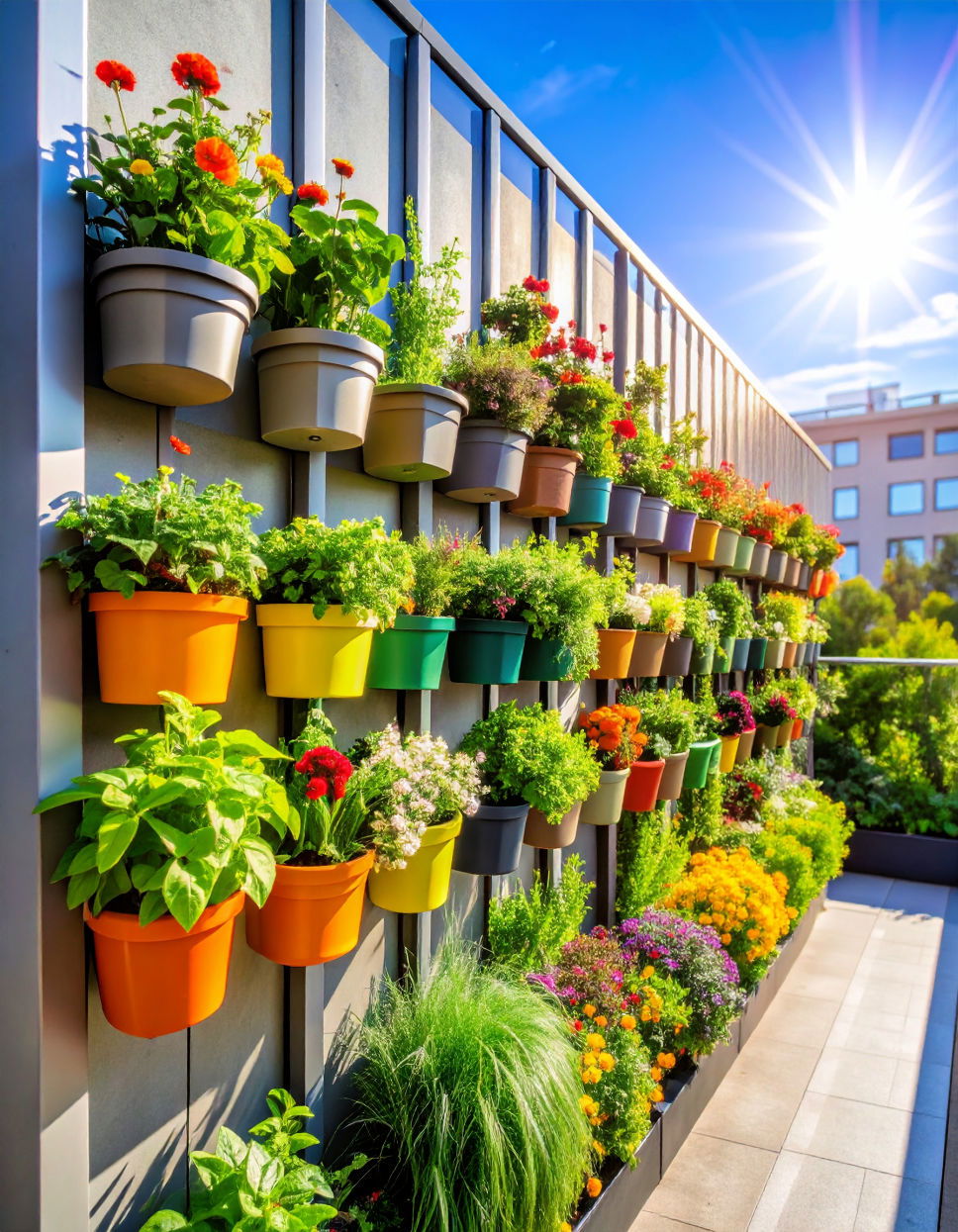
Maximizing limited space is one of the biggest challenges in urban gardening. A vertical garden can be the perfect solution to this problem. By using walls or fences to grow plants upwards, you can save valuable floor space for other uses. Vertical gardens are ideal for herbs, flowers, and even small vegetables. They also provide an attractive green backdrop to your urban landscape, offering a refreshing contrast to concrete surroundings. Consider using a trellis system or wall-mounted planters to make the most of your vertical space.
2. Indoor Herb Gardens for Fresh Flavors
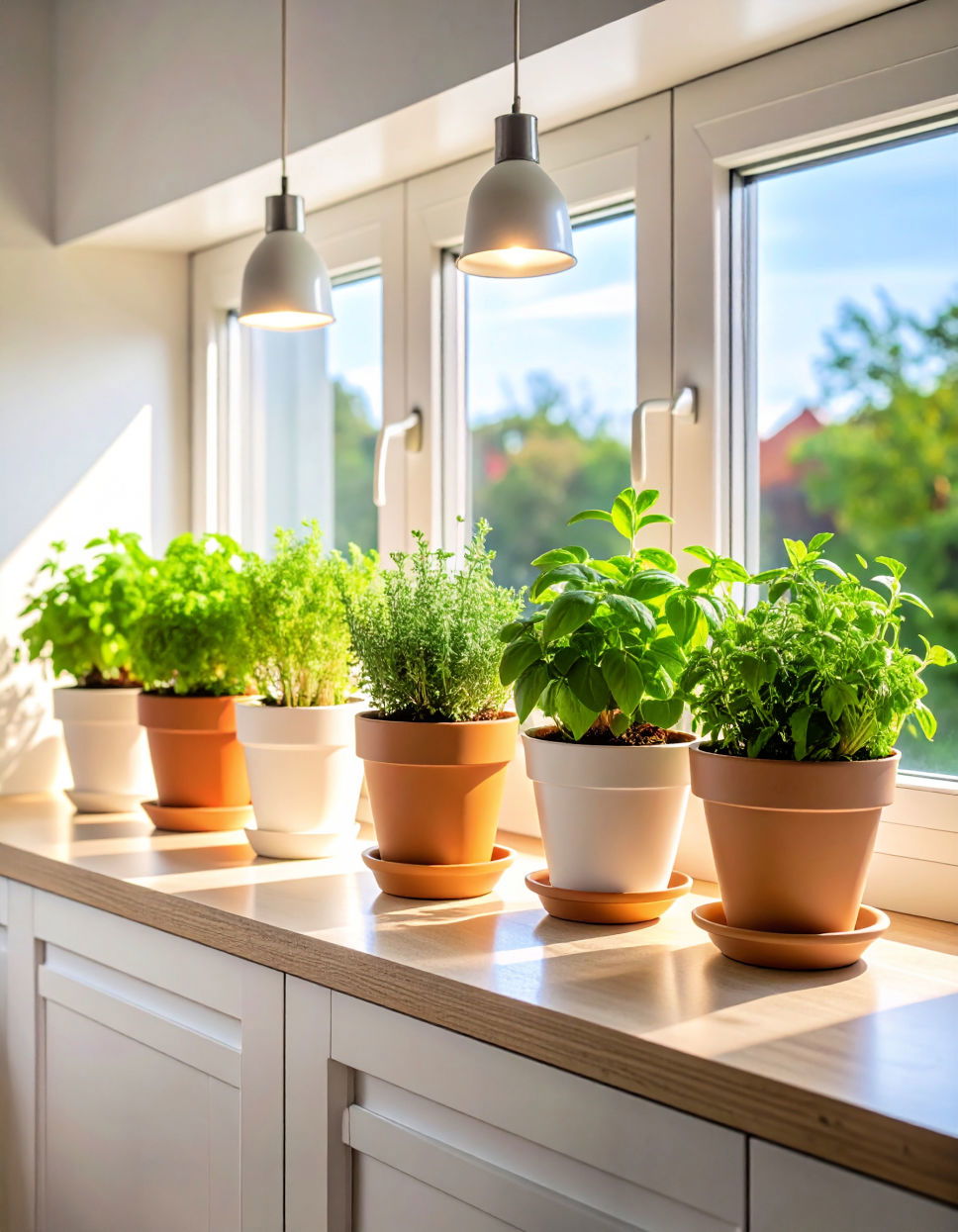
Imagine being able to pluck fresh herbs from your kitchen counter whenever you're cooking. An indoor herb garden allows you to grow your favorite herbs like basil, mint, or thyme in small containers, regardless of the season. You don't need a green thumb to succeed with indoor herbs, as they require minimal space and care. Set up a sunny windowsill or use compact grow lights for the best results. Fresh herbs at your fingertips will elevate your cooking and bring a burst of flavor to every meal.
3. Rooftop Gardens to Escape the City
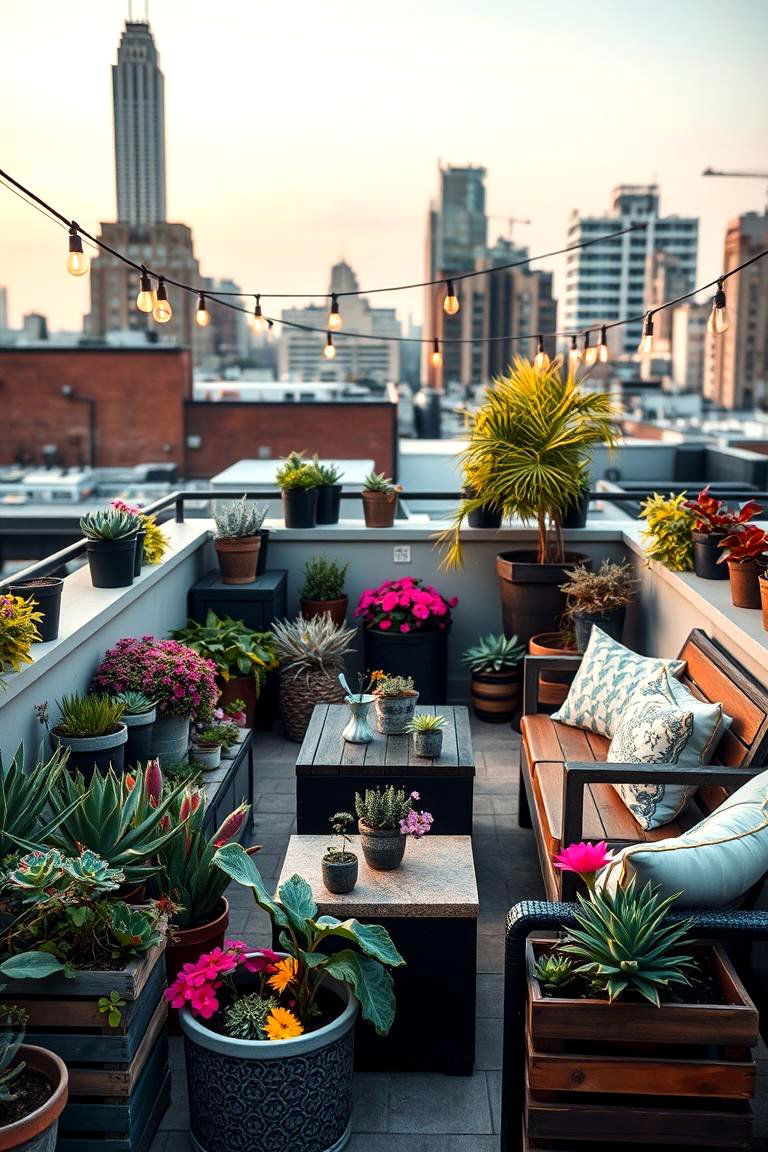
If you're fortunate enough to have access to a rooftop, transforming it into a garden oasis is a dream come true. A rooftop garden offers privacy, stunning views, and the opportunity to create your own personal retreat above the city. Start with lightweight containers to avoid stressing the structure of your building. Include a variety of plants such as succulents, flowers, or even small fruit trees. Add comfortable seating and some string lights, and you’ll have a beautiful urban garden that’s perfect for relaxation and socializing.
4. Container Gardening for Flexibility
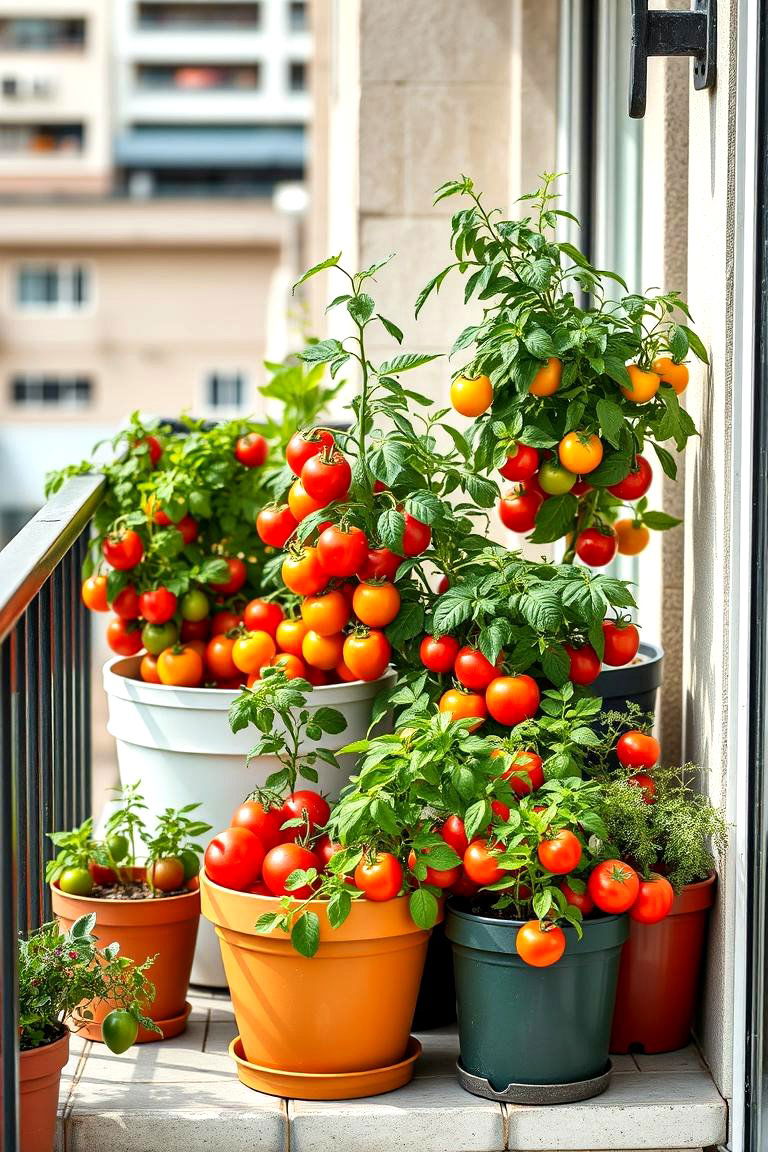
Container gardening is one of the most versatile and easy-to-manage urban gardening methods. Whether you're renting or just short on space, containers allow you to grow almost anything, from tomatoes and peppers to flowers and herbs. Containers come in various sizes and styles, so you can easily adapt them to fit your space, whether it's a balcony, windowsill, or patio. They can be moved around to capture the best sunlight and are perfect for people with limited mobility or those who want to start gardening without committing to permanent landscaping.
5. Balcony Gardens to Maximize Views
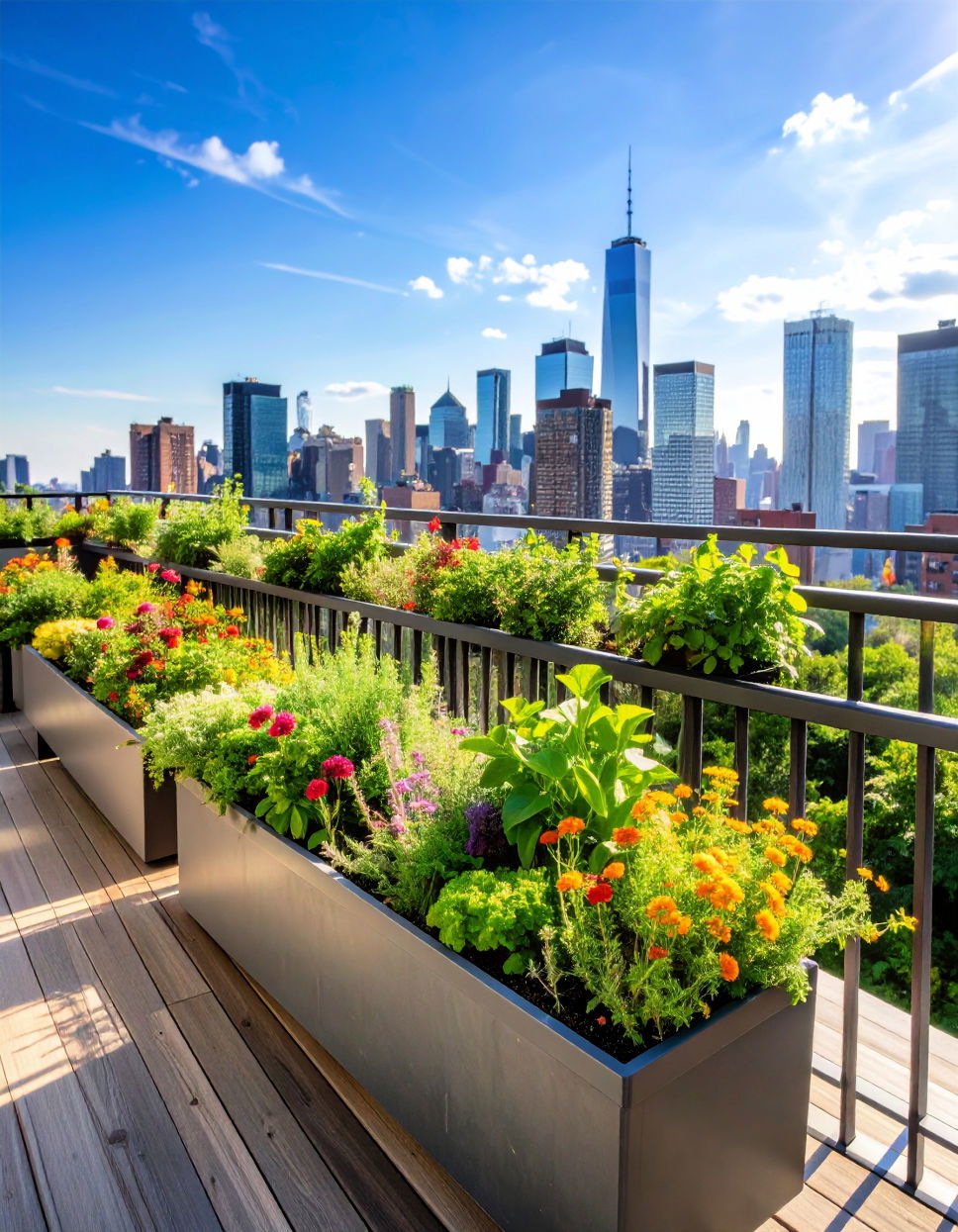
Balcony gardens offer a unique opportunity to bring nature into your urban environment while taking advantage of stunning views. With a few planters and carefully selected plants, you can create a lush green space right outside your apartment. Balcony gardens are perfect for growing herbs, flowers, or even small vegetables. Consider using railing planters to save floor space and add greenery without overcrowding the area. Balcony gardens not only enhance your outdoor space but also contribute to improving air quality and providing a peaceful retreat.
6. Green Walls for Modern Aesthetics
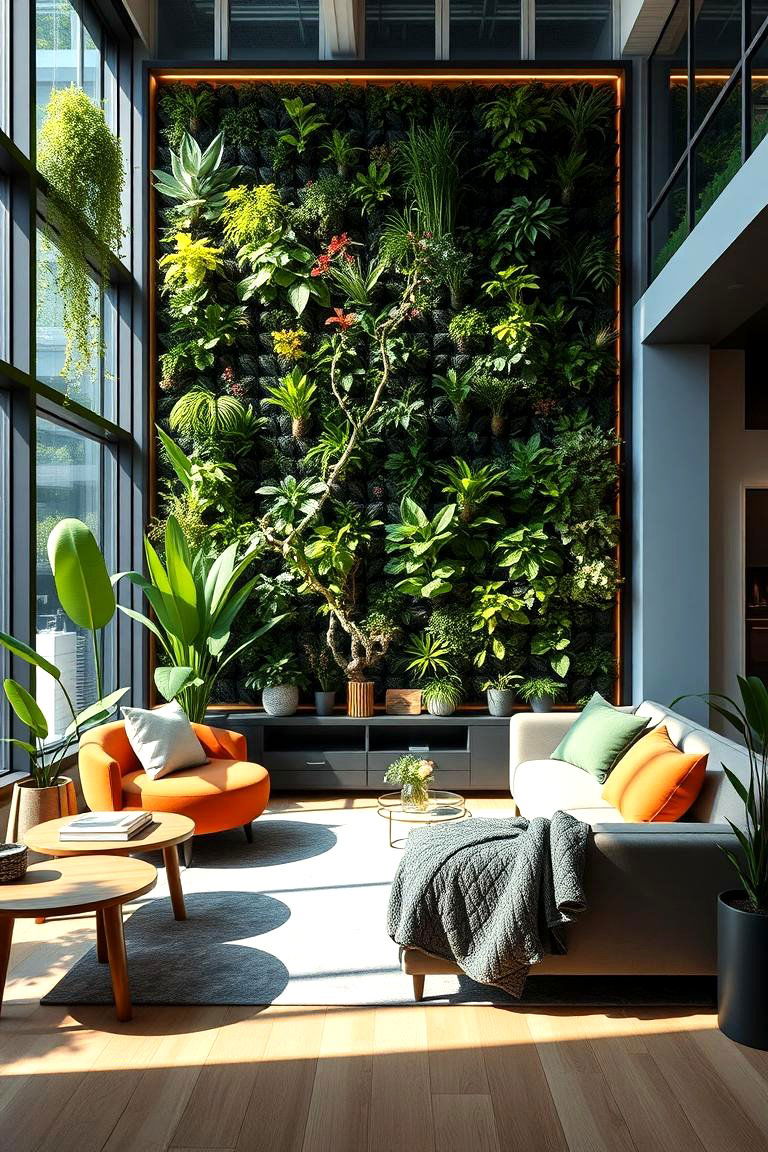
A green wall, or living wall, is a striking way to incorporate plants into your urban garden. These walls are typically made up of a variety of plants arranged vertically in a modular system, offering a visually stunning and sustainable way to green your living space. Green walls are ideal for areas with limited space, such as apartments or urban offices. They also improve air quality by filtering toxins and adding humidity to dry indoor environments. With proper care, a green wall can become a focal point that makes your home or business stand out.
7. Herb Spiral Gardens for Efficiency
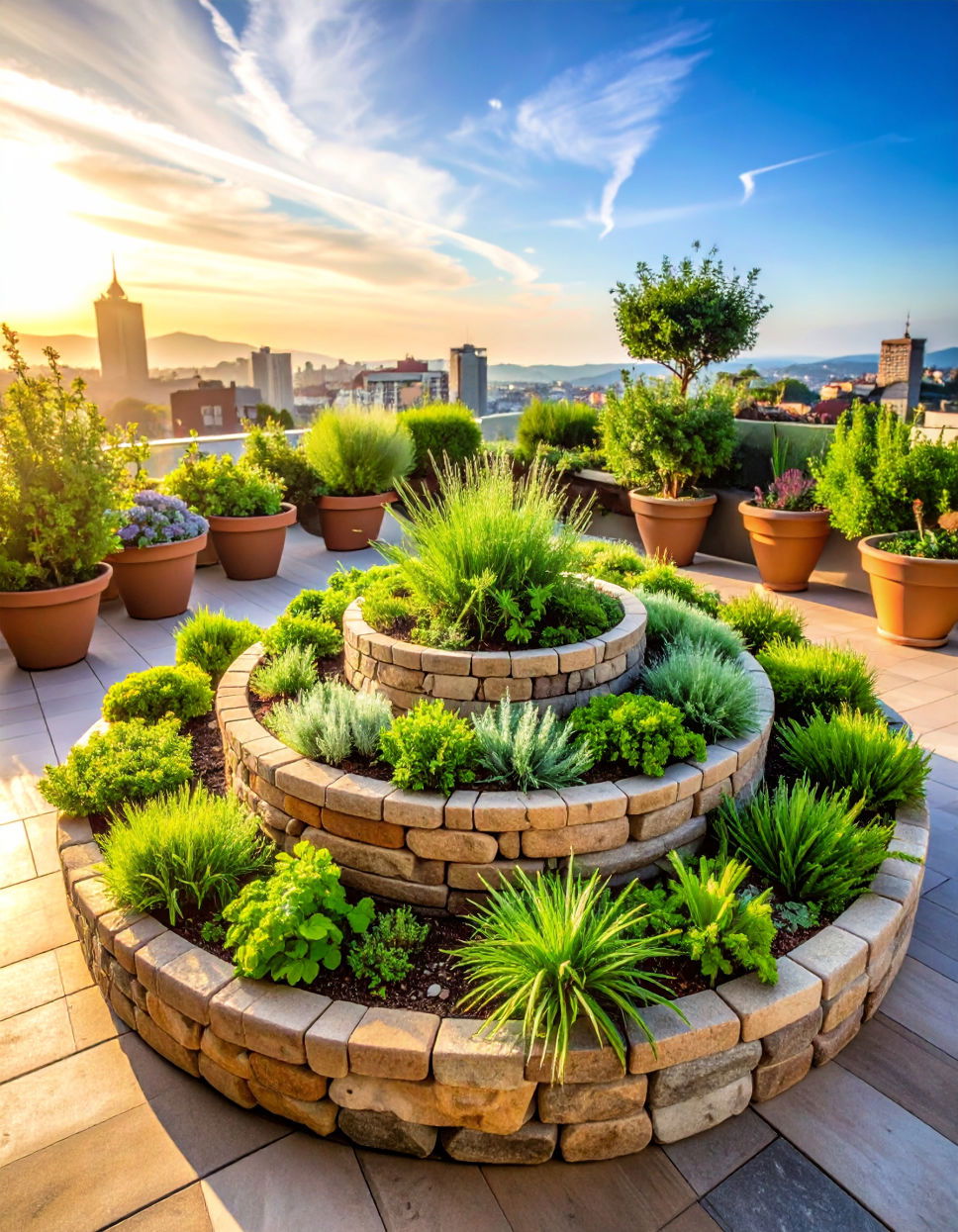
An herb spiral is a compact and efficient way to grow a variety of herbs in a small space. This spiral-shaped garden is designed to create different microclimates, allowing you to grow a wide range of herbs with varying sunlight and water needs. The design also helps conserve water, as the higher parts of the spiral drain down to the lower sections. Herb spirals are not only practical but also visually appealing, making them an excellent addition to any urban garden. They can be placed on a patio, balcony, or rooftop to maximize your space.
8. Raised Bed Gardens for Better Soil Control

Raised bed gardens offer excellent drainage and soil quality, making them an ideal option for urban gardening. These beds can be filled with nutrient-rich soil, providing plants with the perfect environment to thrive. Raised beds also help to keep weeds at bay and reduce the risk of soil compaction, which is common in dense urban areas. You can customize the size and height of your raised beds to fit your space and personal needs. Raised bed gardens are especially great for growing vegetables, flowers, and herbs in small urban environments.
9. Urban Greenhouses for Year-Round Gardening
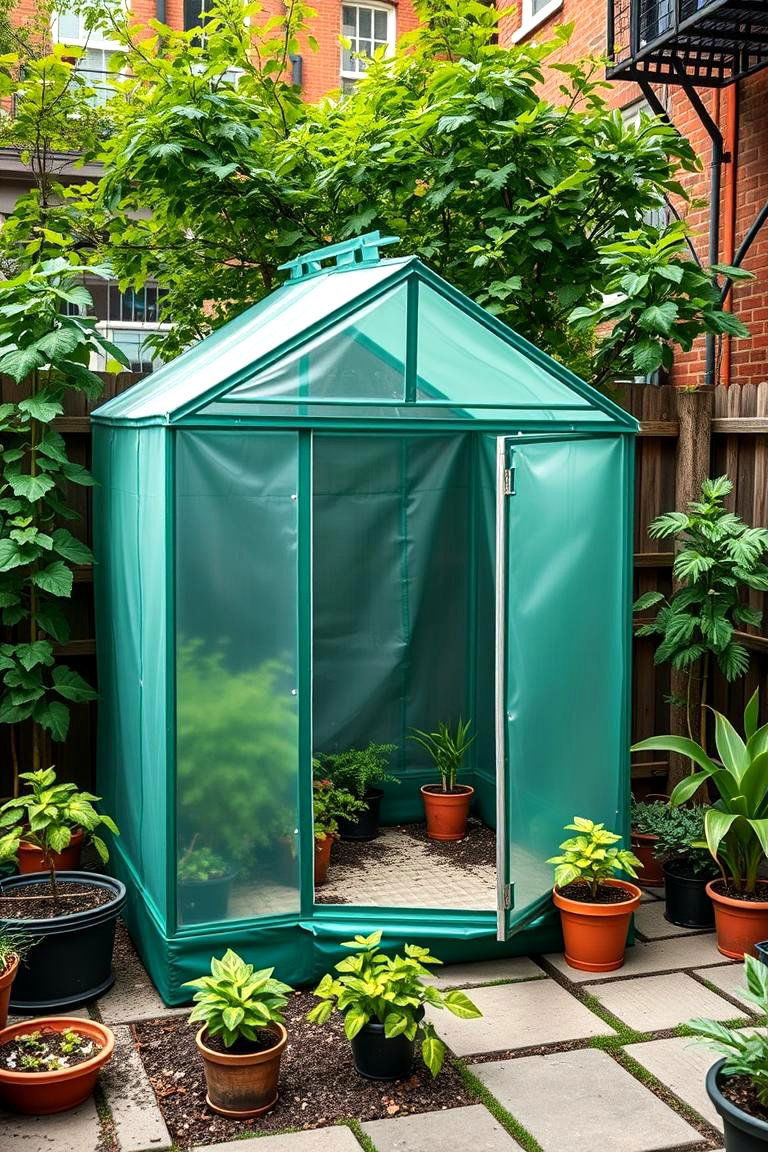
Urban greenhouses are an excellent way to extend your growing season and protect your plants from harsh weather conditions. Whether you use a small, portable greenhouse or a larger structure, having a greenhouse in an urban setting allows you to grow a variety of plants throughout the year. Greenhouses provide a controlled environment that protects plants from extreme temperatures, pests, and disease. They can be set up in backyards, on rooftops, or even in garages, offering a versatile and productive solution for urban gardeners.
10. Aquaponics Systems for Sustainable Gardening
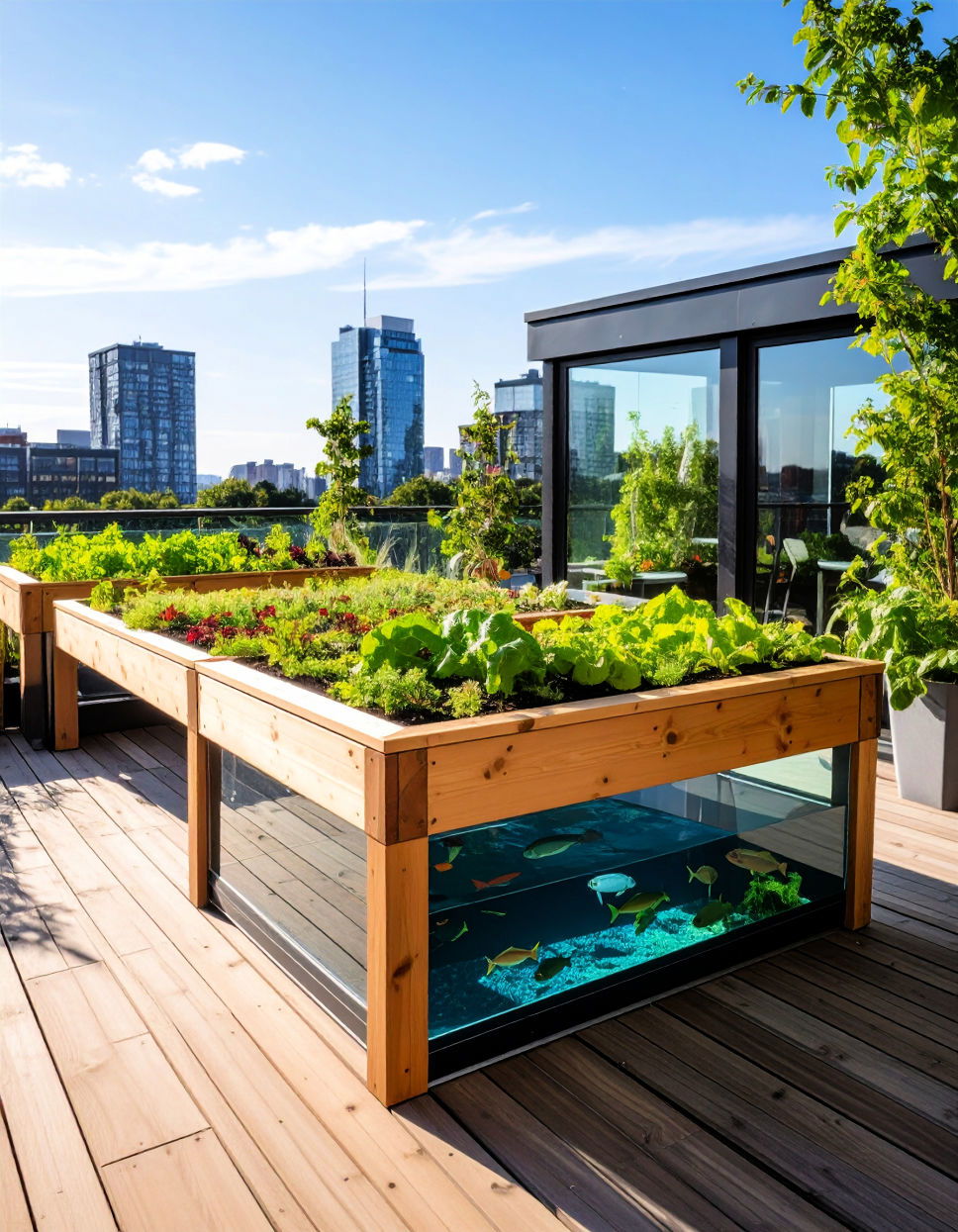
Aquaponics is a sustainable gardening method that combines fish farming with plant cultivation. In an aquaponics system, fish waste provides nutrients for plants, and the plants filter and clean the water for the fish. This creates a closed-loop ecosystem that is both environmentally friendly and highly efficient. Aquaponics systems can be set up indoors or outdoors and are ideal for urban gardeners who want to grow both fish and plants in a small space. They offer a unique and innovative approach to gardening that promotes sustainability and resource conservation.
11. Vertical Planters for Aesthetic Appeal
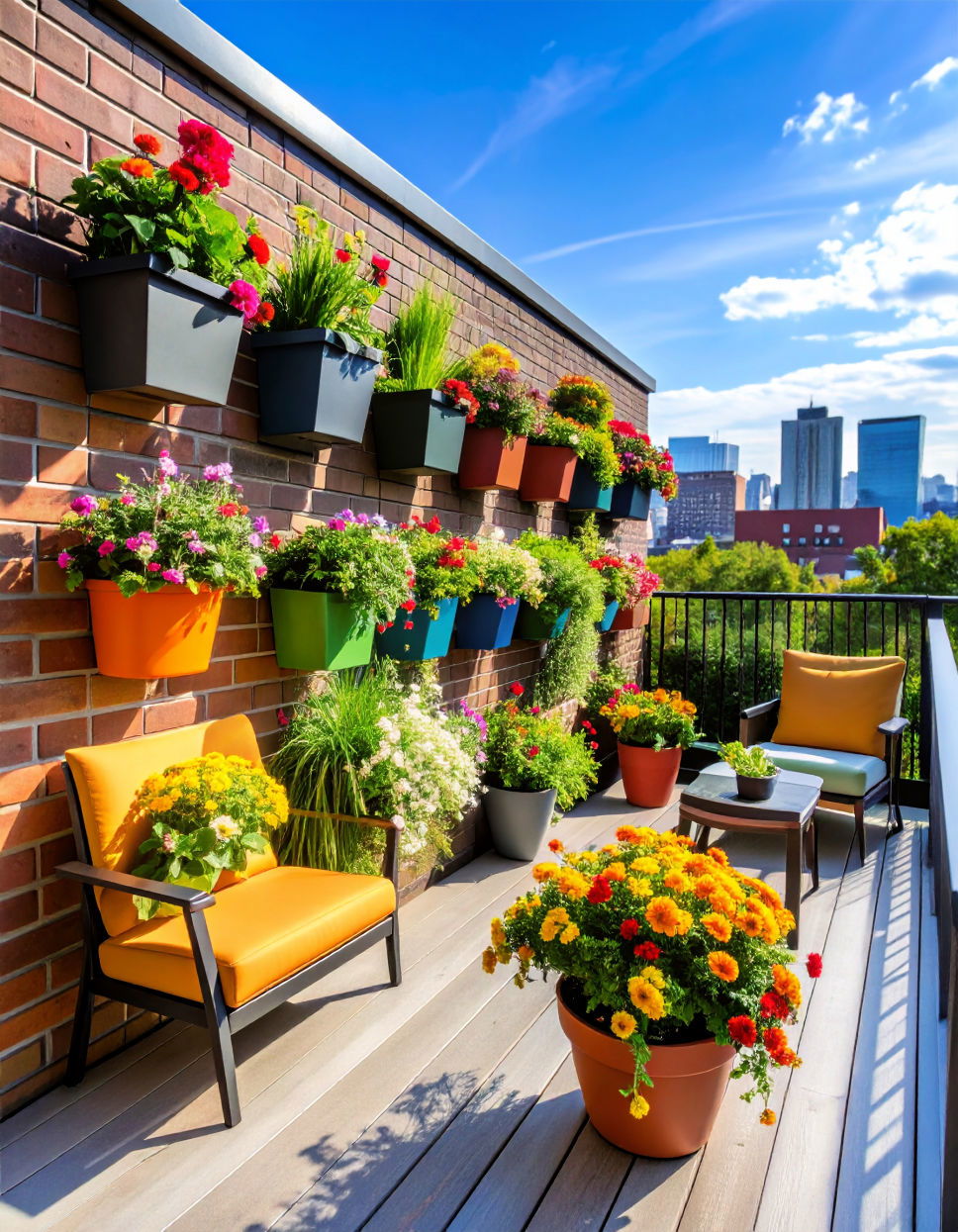
Vertical planters are a simple yet effective way to add beauty and greenery to any urban space. By using wall-mounted or freestanding planters, you can create an eye-catching display of flowers, vegetables, or even cascading vines. Vertical planters make it possible to grow plants in small areas like narrow alleyways, urban balconies, or even inside your home. They are easy to install and can be customized to suit your space and aesthetic preferences. Whether you want to add color to a dull wall or create a mini garden on your balcony, vertical planters are an excellent solution.
12. Edible Landscaping for Practical Beauty
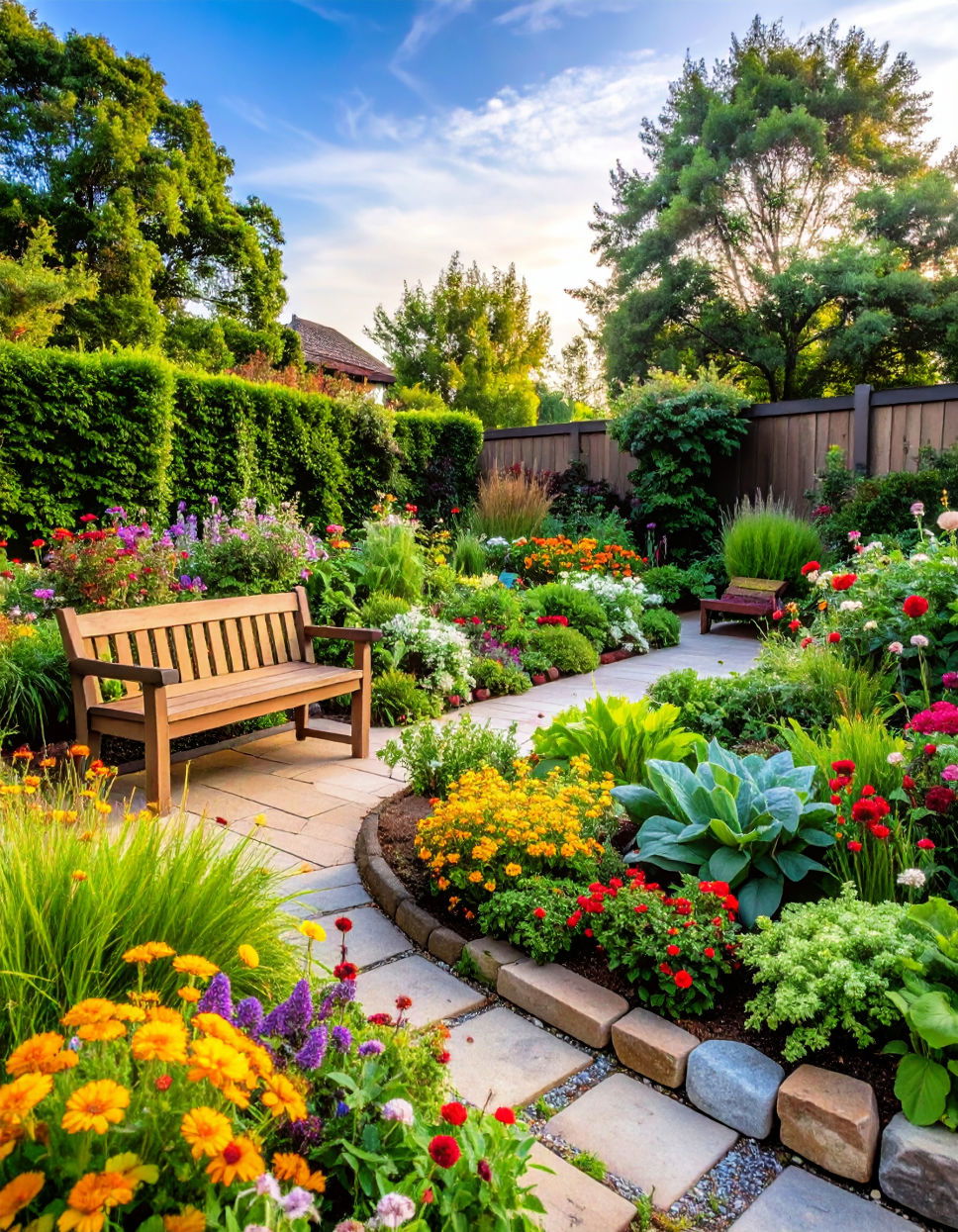
Why choose between aesthetics and functionality when you can have both? Edible landscaping combines the beauty of ornamental plants with the practicality of growing food. Incorporating fruit trees, vegetable plants, and herbs into your landscaping not only enhances your space but also provides you with fresh, homegrown produce. From berry bushes along a fence to edible flowers in flowerbeds, edible landscaping allows you to create a functional and sustainable garden that brings both beauty and nourishment to your urban environment.
13. Hydroponic Gardens for Soil-Free Growth
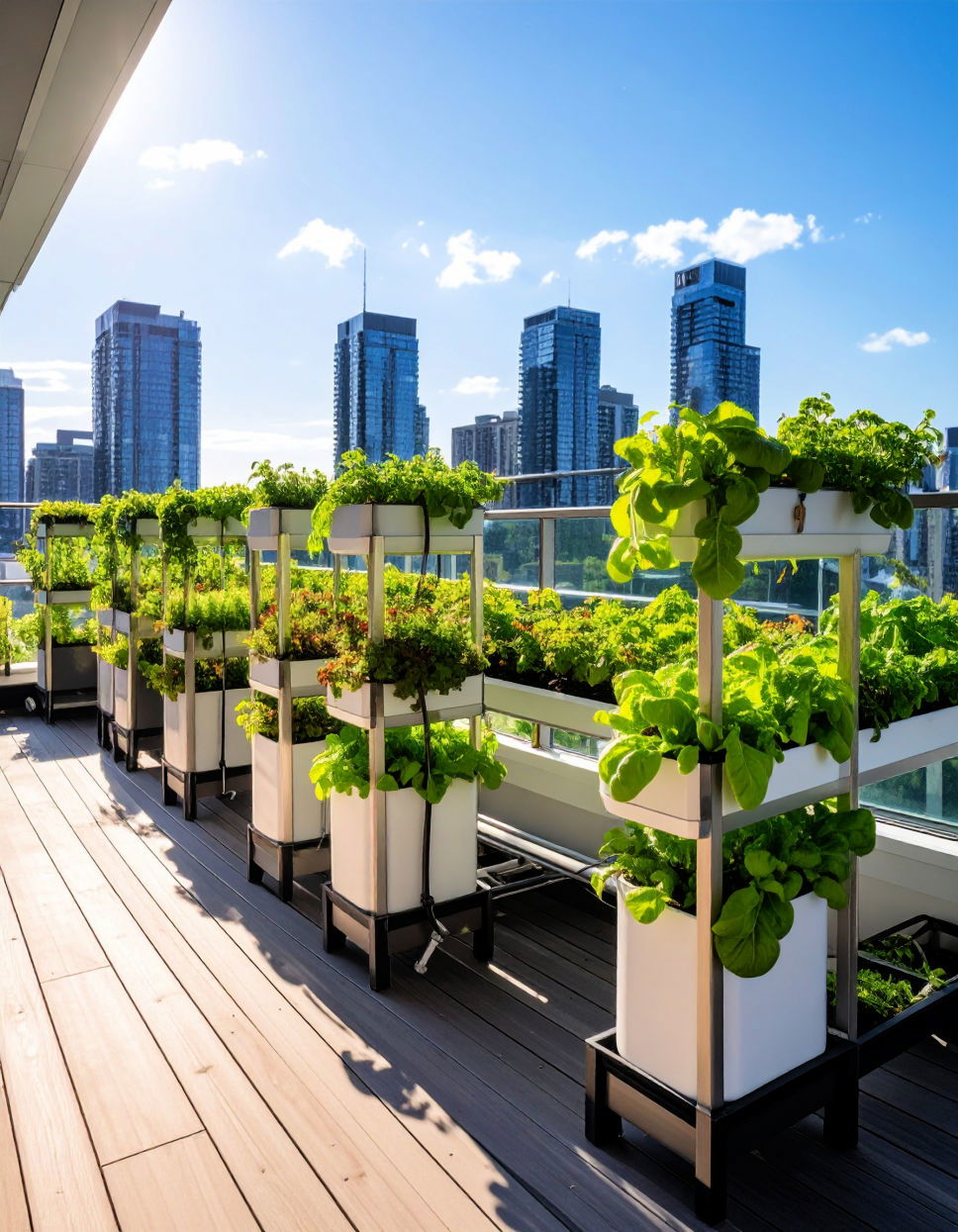
For those living in areas with poor soil quality or minimal space, hydroponic gardening offers a soil-free alternative that is highly efficient and space-saving. In hydroponics, plants are grown in water enriched with nutrients, making it an ideal solution for urban gardening. This method works particularly well for leafy greens, herbs, and small vegetables. Hydroponic systems are available in various sizes, from compact countertop models to larger setups that can be placed in your backyard or even on a balcony. The beauty of hydroponics lies in its ability to grow plants without the need for traditional soil, making it perfect for city dwellers with limited outdoor space.
14. Composting for Sustainable Urban Gardening
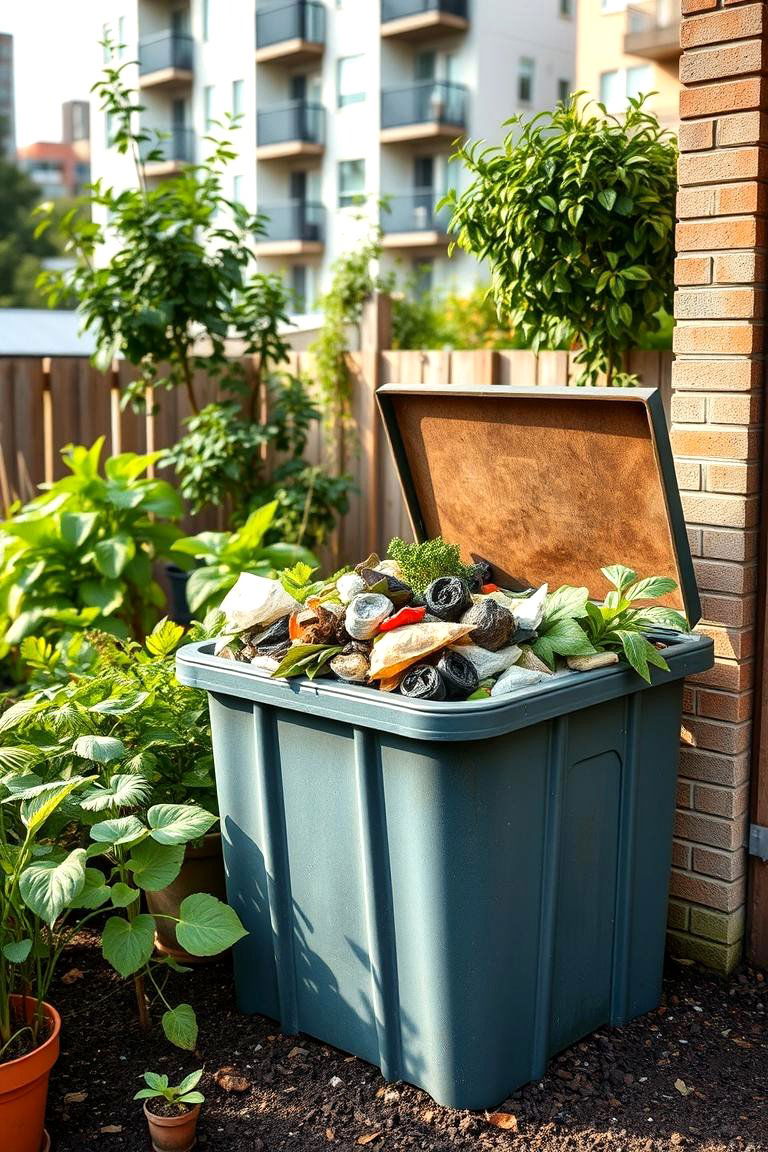
Composting is an essential practice for sustainable urban gardening. By recycling organic waste such as food scraps, leaves, and grass clippings, you can create nutrient-rich compost that helps improve the health of your soil. Composting reduces the amount of waste sent to landfills and provides an environmentally friendly way to feed your garden. Setting up a composting system in an urban space can be as simple as using a compost bin or worm composting system, both of which are suitable for small spaces like balconies or kitchens.
15. Green Roofs for Eco-Friendly Cities
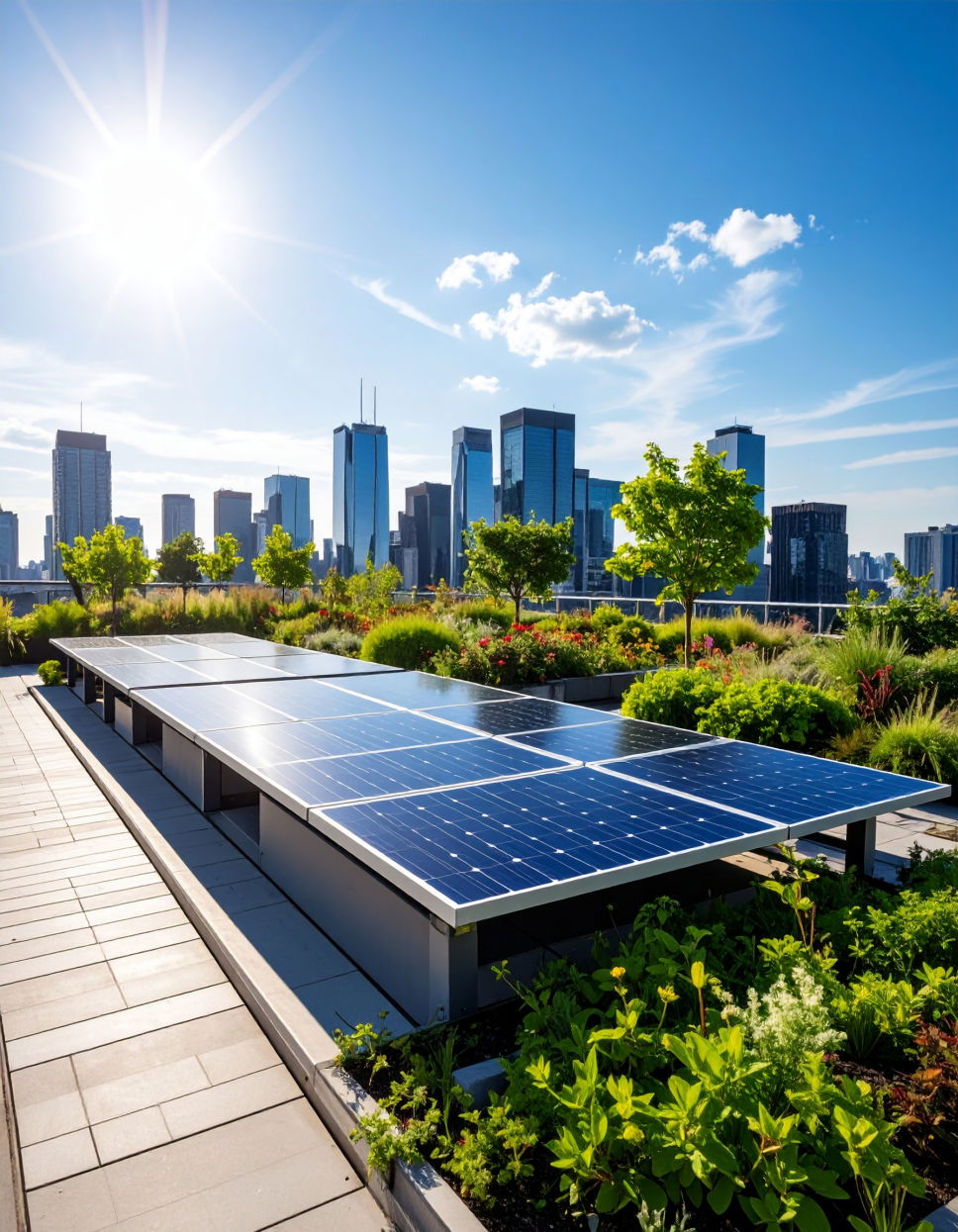
Green roofs are an innovative solution to the challenges of urban living. By covering rooftops with vegetation, these roofs help absorb rainwater, reduce urban heat islands, and improve air quality. Green roofs also provide additional insulation, helping to lower energy costs. They can be designed to grow a variety of plants, from grasses and mosses to shrubs and small trees. Green roofs are especially beneficial for large urban areas where green space is scarce. Transforming a roof into a green oasis not only helps the environment but also contributes to the overall aesthetic appeal of the city.
16. Pollinator Gardens to Support Local Ecosystems
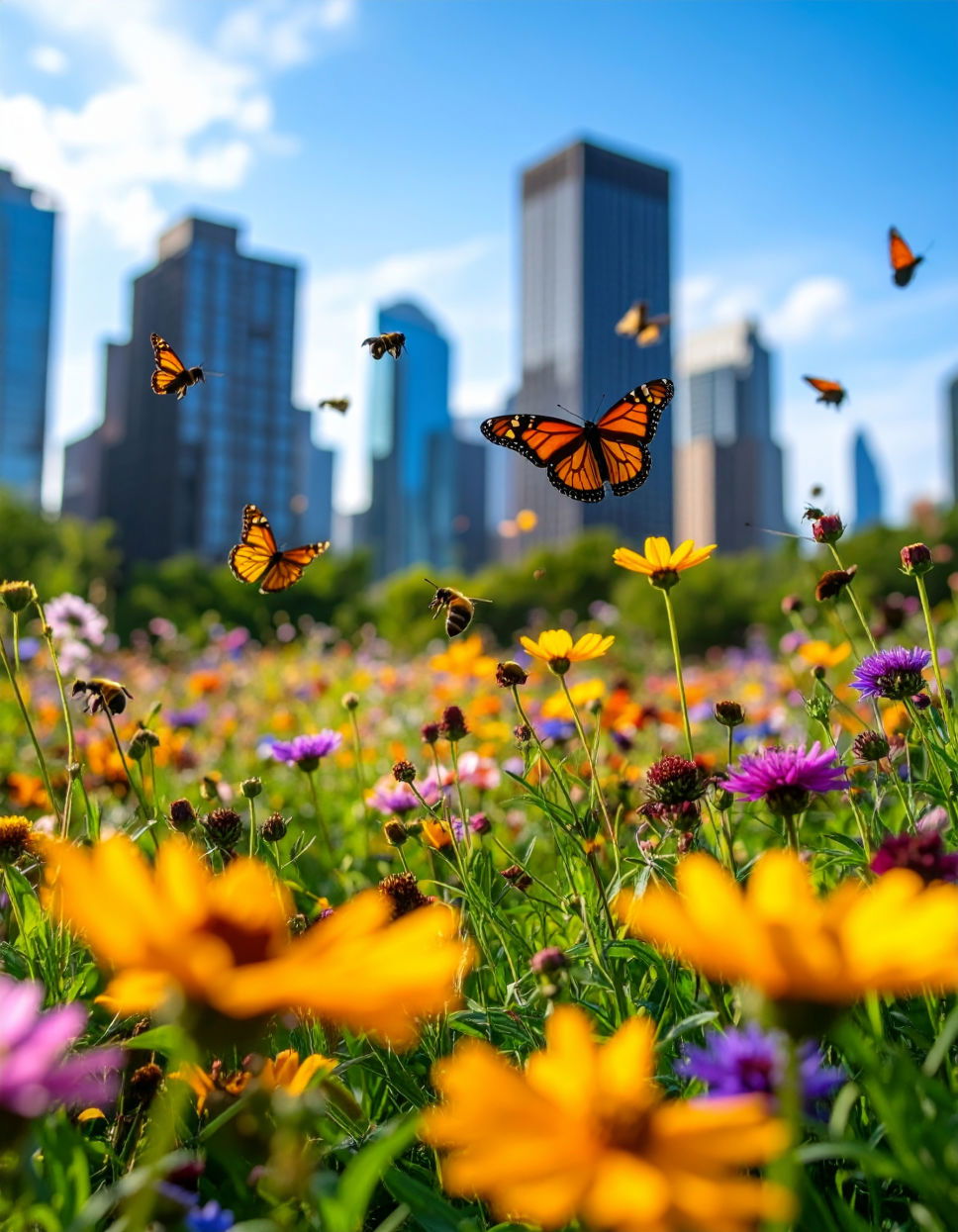
Pollinator gardens are designed to attract and support pollinators like bees, butterflies, and hummingbirds. These gardens play a crucial role in maintaining biodiversity and supporting local ecosystems. By planting native flowering plants that provide nectar and pollen, you can create a space that nurtures pollinators and contributes to the health of your urban environment. Pollinator gardens are especially important in cities, where natural habitats for these creatures are often limited. A pollinator garden not only benefits wildlife but also adds vibrant colors and natural beauty to your urban garden.
17. Indoor Greenhouses for Compact Spaces
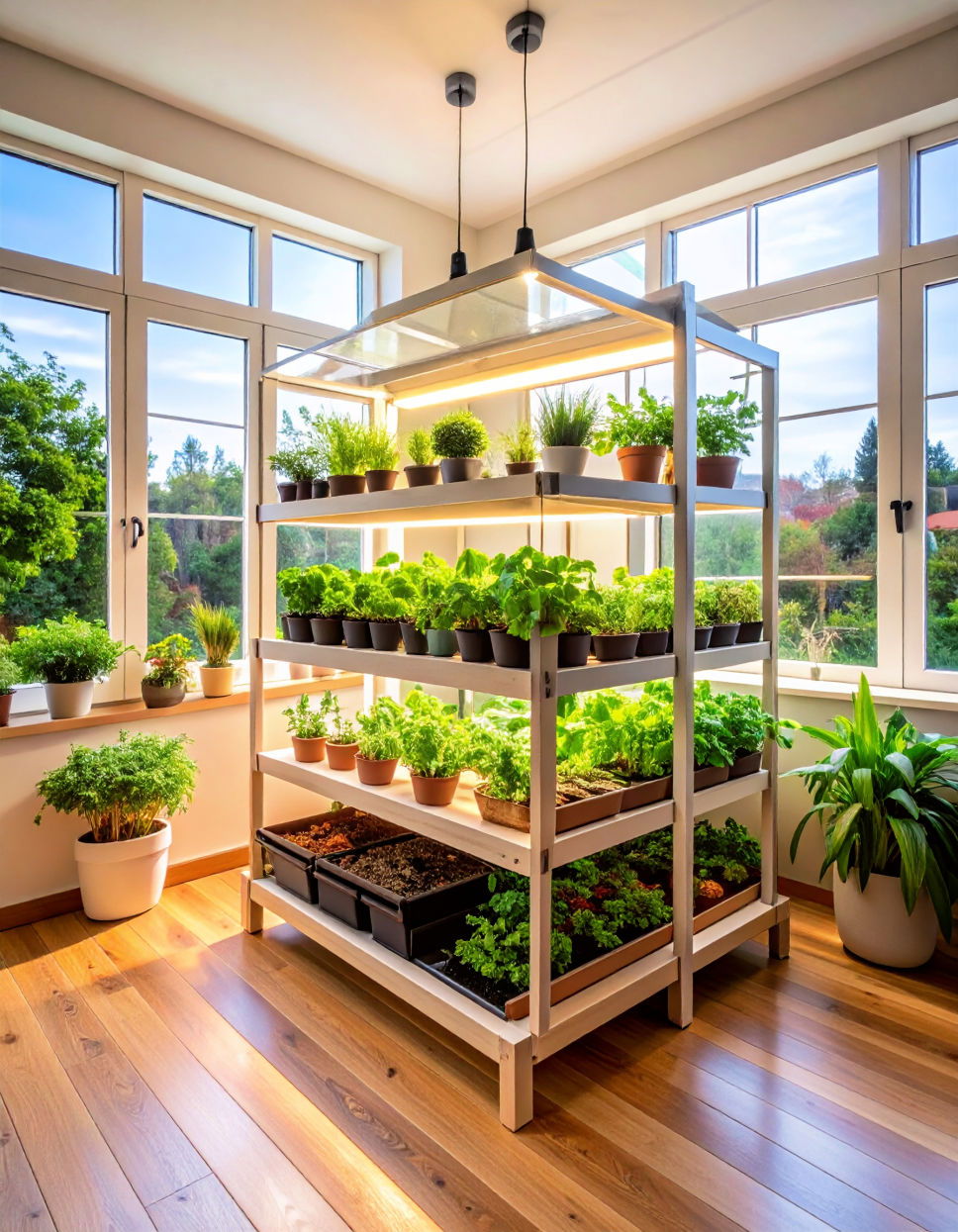
Indoor greenhouses are a fantastic solution for urban gardeners who don’t have outdoor space or want to garden year-round. These small, portable greenhouses are perfect for growing plants in apartments or homes with limited natural light. They can be set up in a sunny corner or next to a window to ensure that plants get the light they need. Indoor greenhouses offer the ideal environment for starting seeds, growing herbs, or even cultivating small vegetables. With a bit of creativity, an indoor greenhouse can become a functional and aesthetic addition to your living space.
18. Low-Maintenance Succulent Gardens

Succulent gardens are perfect for urban gardeners who don’t have a lot of time to tend to their plants. Succulents are hardy plants that require minimal care and thrive in dry conditions. These plants are well-suited to urban environments where time and space are often limited. A succulent garden can be created in containers, hanging baskets, or even vertical planters. With a variety of colors, shapes, and textures, succulents can add a unique touch to your garden while requiring little maintenance. If you’re a beginner or busy professional, a succulent garden might be just the right choice for you.
19. Garden Pallets for DIY Projects
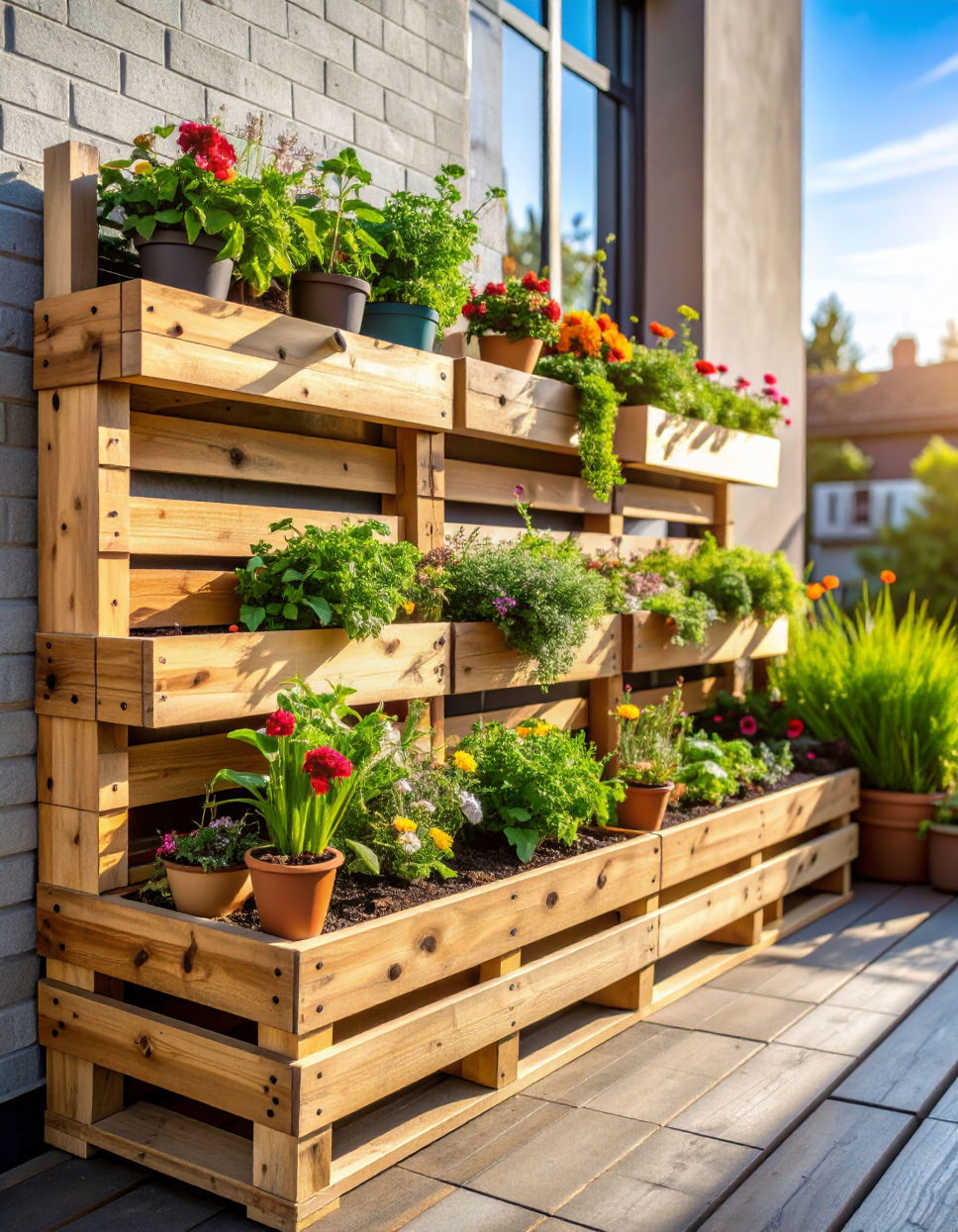
If you’re into DIY projects, garden pallets offer a budget-friendly and creative way to add greenery to your urban space. Pallet gardens are easy to assemble, and they can be used to grow herbs, flowers, or vegetables. Simply repurpose a wooden pallet by adding soil and plants, or stack them to create vertical garden structures. This method is ideal for renters or those on a budget, as it doesn’t require permanent changes to your space. Plus, pallet gardens are an eco-friendly way to reuse materials and add a rustic charm to your urban garden.
20. Shade Gardens for Cooler Spaces
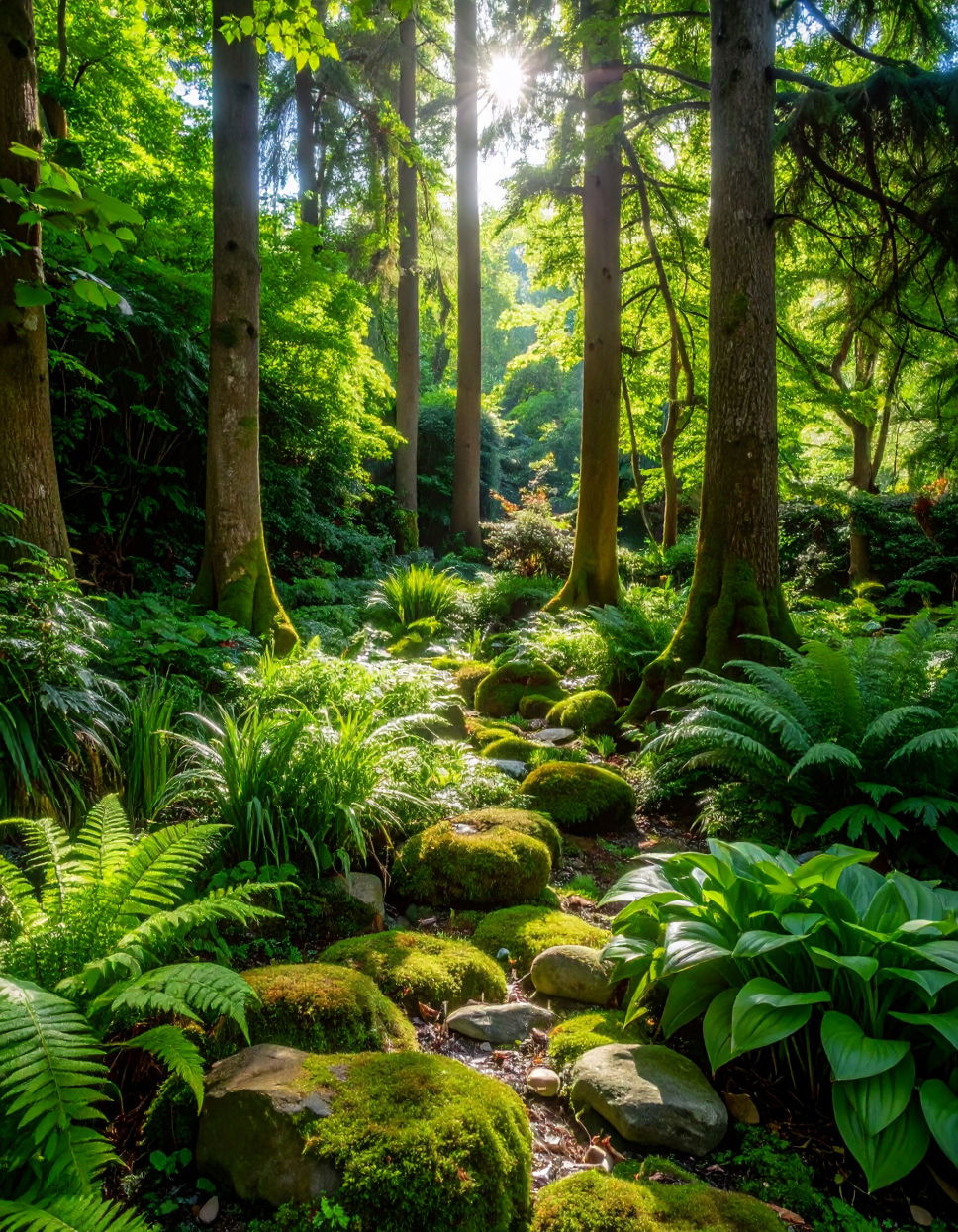
Shade gardens are a great way to utilize areas that don't receive a lot of direct sunlight, such as the north side of a building or under a tree. These gardens thrive in cooler, shadier conditions and often feature plants that are adapted to low-light environments. Consider using shade-loving plants like hostas, ferns, or certain types of moss to create a tranquil, green space. Shade gardens are perfect for urban areas where sunlight is limited and can help cool down hot, paved surfaces. They also require less water, making them a sustainable option for city gardening.
21. Butterfly Gardens for Colorful Blooms
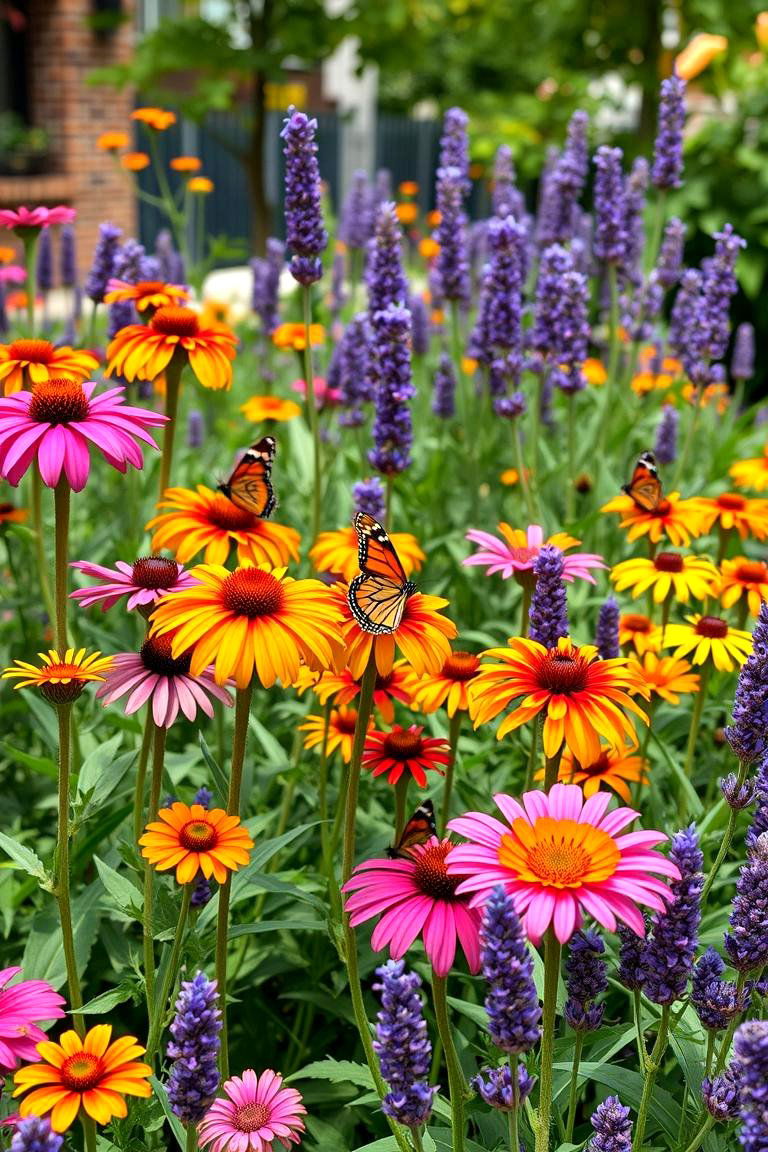
Butterfly gardens are designed to attract and support butterflies by providing nectar-rich flowers and a habitat for larvae. These gardens can be filled with colorful flowering plants like coneflowers, milkweed, and lavender, which serve as a food source for butterflies. Not only do butterfly gardens provide beauty and vibrancy to your urban space, but they also support the environment by encouraging pollination. Creating a butterfly garden is an enjoyable and environmentally friendly way to add movement and life to your urban garden.
22. Sustainable Urban Orchards
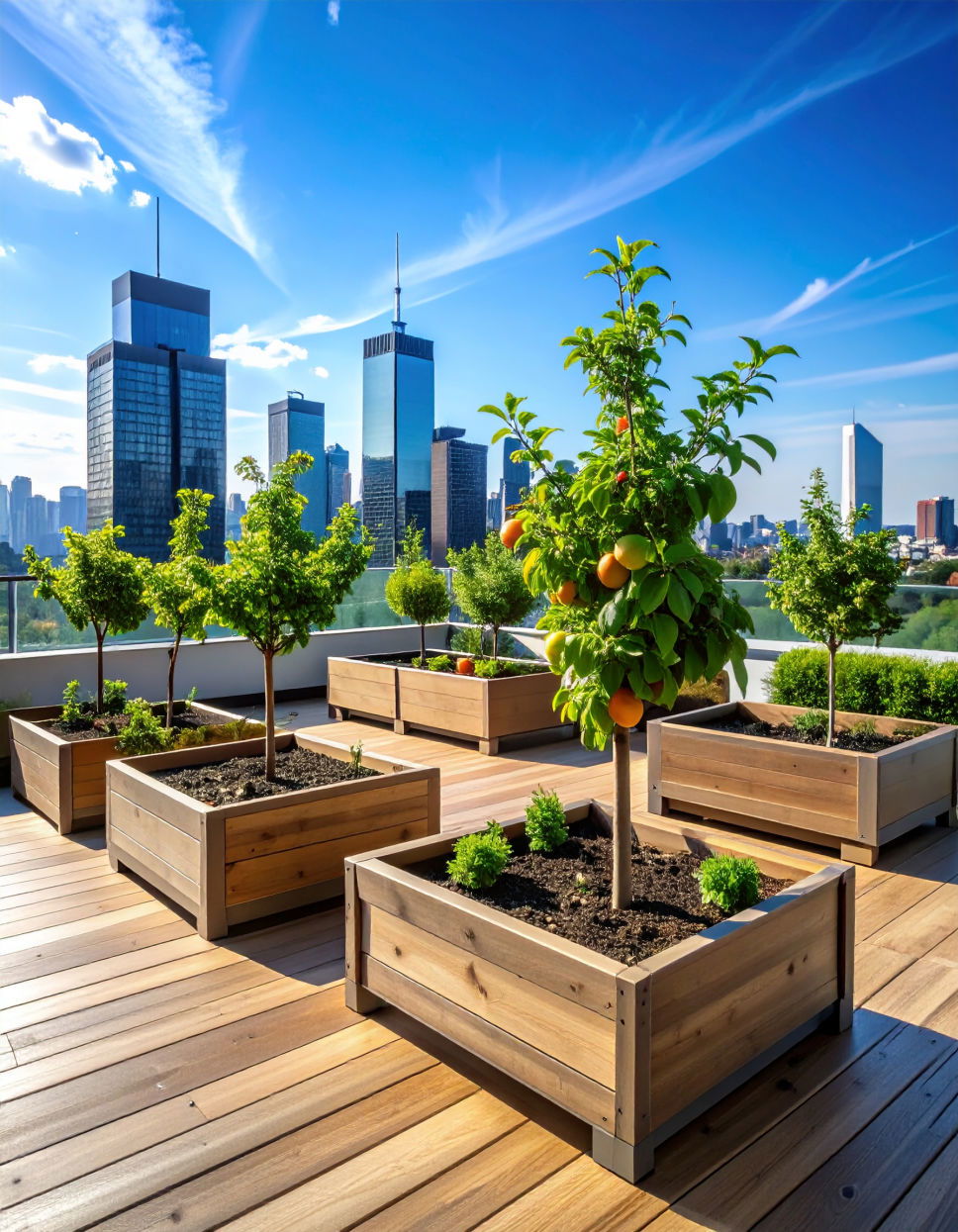
Urban orchards allow you to grow fruit trees even in small spaces. By selecting dwarf fruit tree varieties, you can cultivate apples, peaches, cherries, or citrus in containers or raised beds. Urban orchards help make city living more sustainable by providing fresh, homegrown fruit. These orchards can be grown on rooftops, in backyards, or even on balconies. Growing your own fruit not only saves money but also reduces the environmental impact of transporting food long distances.
23. Rainwater Harvesting for Eco-Friendly Watering
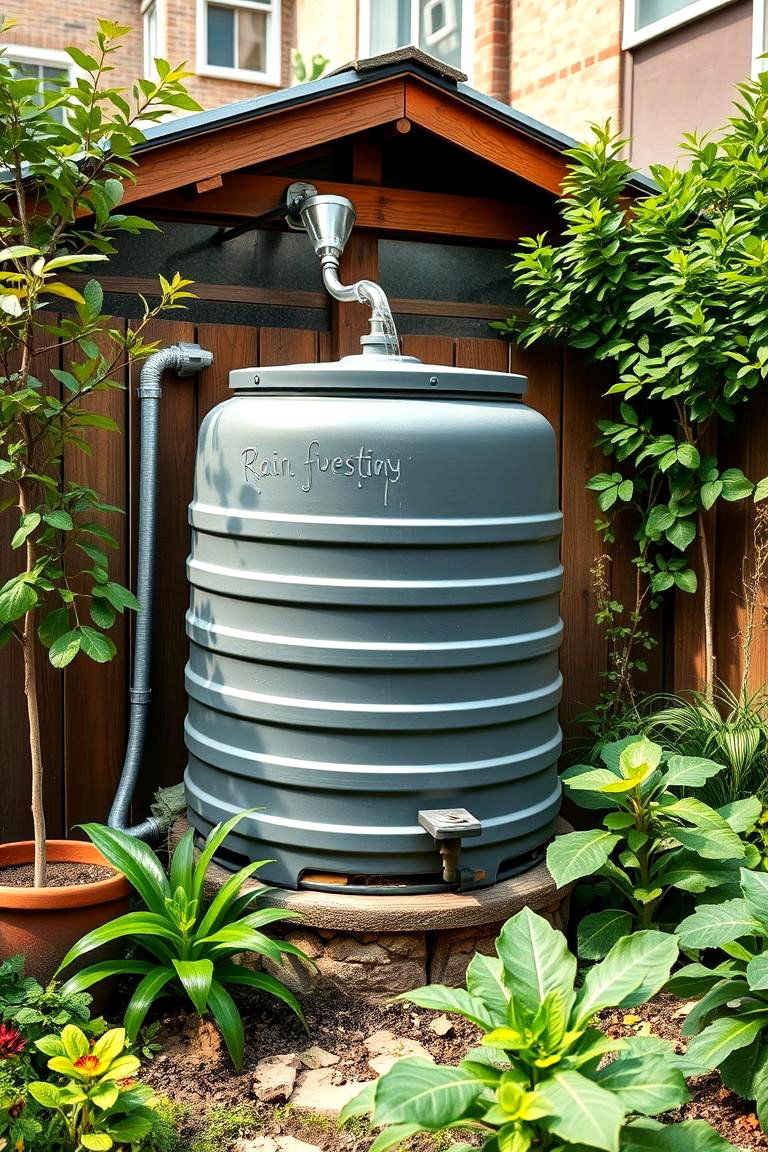
Rainwater harvesting systems allow urban gardeners to collect rainwater and use it to irrigate their gardens. By capturing rainwater from your roof, you can conserve water and reduce your reliance on municipal water sources. Rainwater harvesting systems are easy to set up with rain barrels or larger cisterns. Using rainwater for gardening is environmentally friendly and helps keep your garden healthy during dry spells. It’s a practical, sustainable solution for urban gardeners looking to reduce their environmental footprint.
24. DIY Greenhouses for Growing All Year
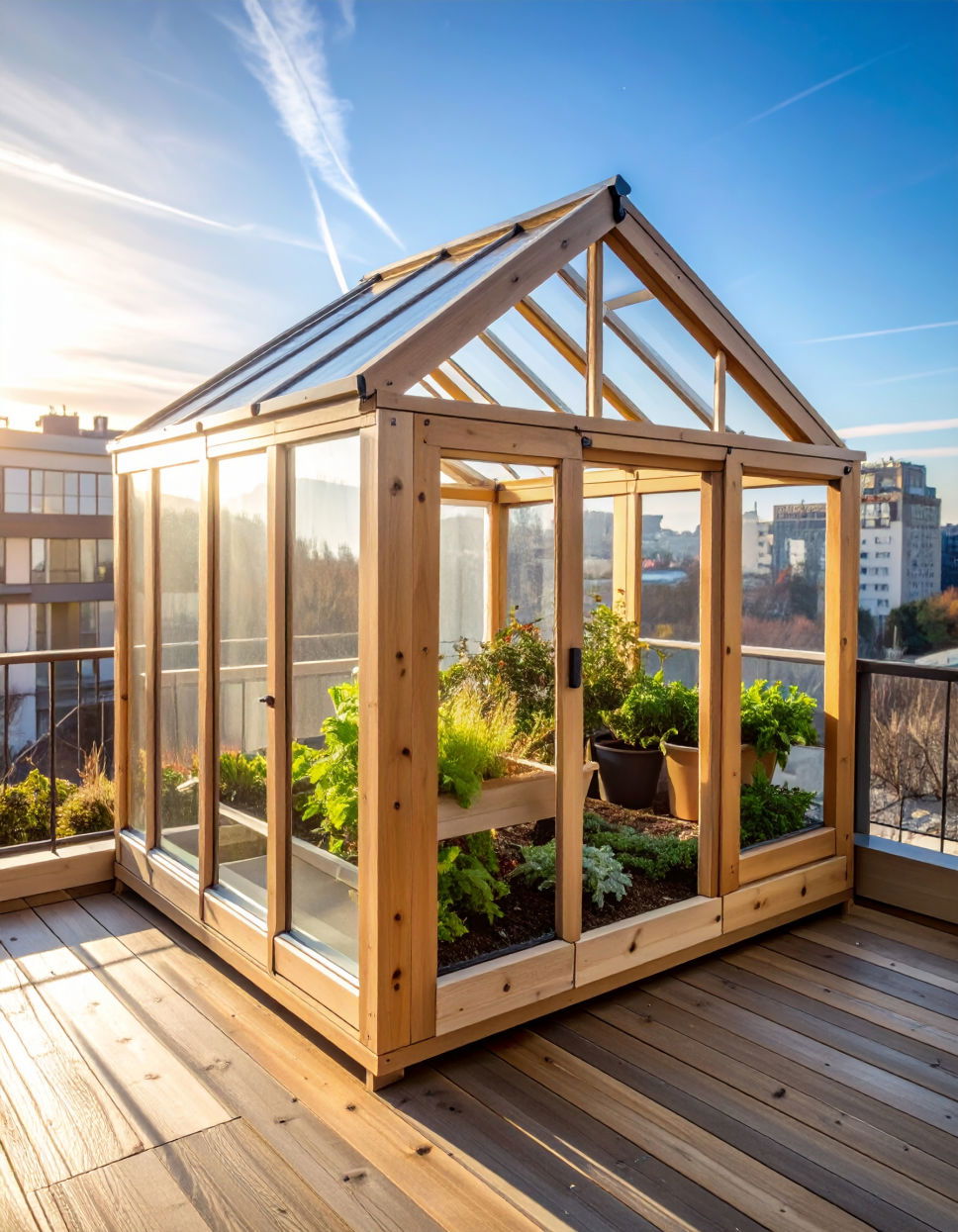
A DIY greenhouse is an affordable way to extend your growing season in an urban setting. Whether it’s a small structure on your balcony or a larger backyard greenhouse, this DIY project allows you to control the growing environment for your plants. You can grow vegetables, herbs, and even tropical plants that require specific conditions. Greenhouses are especially beneficial in colder climates, where they protect plants from frost and allow you to enjoy gardening year-round.
25. Urban Community Gardens for Shared Spaces
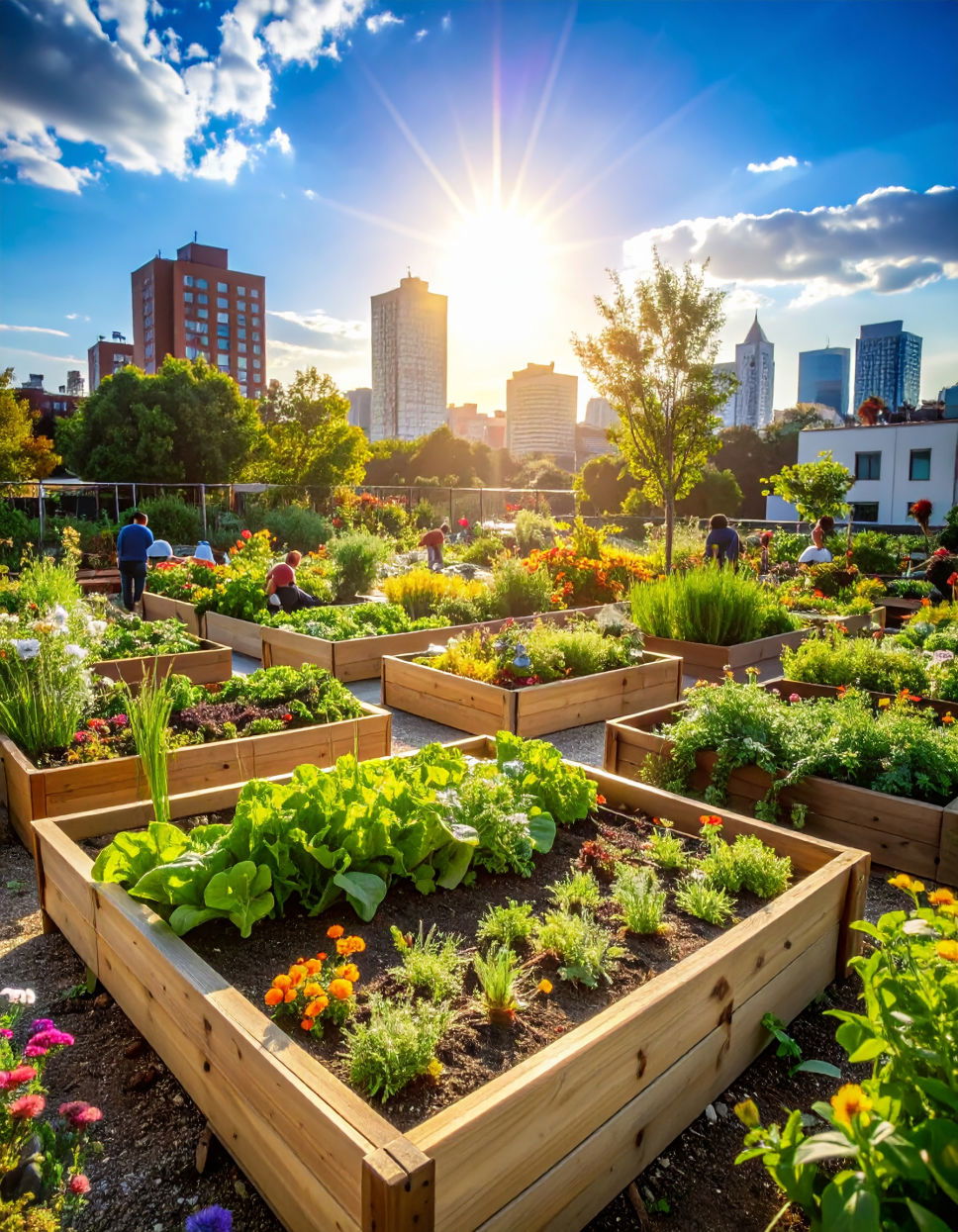
Urban community gardens are shared spaces where people come together to grow food and plants. These gardens foster a sense of community, promote sustainable practices, and help individuals learn more about gardening. They are often located in vacant lots or underutilized spaces in urban areas. Community gardens offer an opportunity for city dwellers to grow their own food, build connections, and enjoy the therapeutic benefits of gardening. Joining a community garden is an excellent way to share knowledge and resources while contributing to the local environment.
Conclusion:
Transforming urban spaces with creative gardening ideas is not only a practical solution to limited space but also a way to reconnect with nature. Whether you're working with a small balcony or a rooftop, each idea offers a unique opportunity to grow your own food, support local ecosystems, and create a peaceful retreat. Urban gardens make a lasting impact on the environment, improve quality of life, and bring beauty to city living. As you explore these 25 urban garden ideas, think about how you can implement them in your own space and watch your urban oasis flourish.


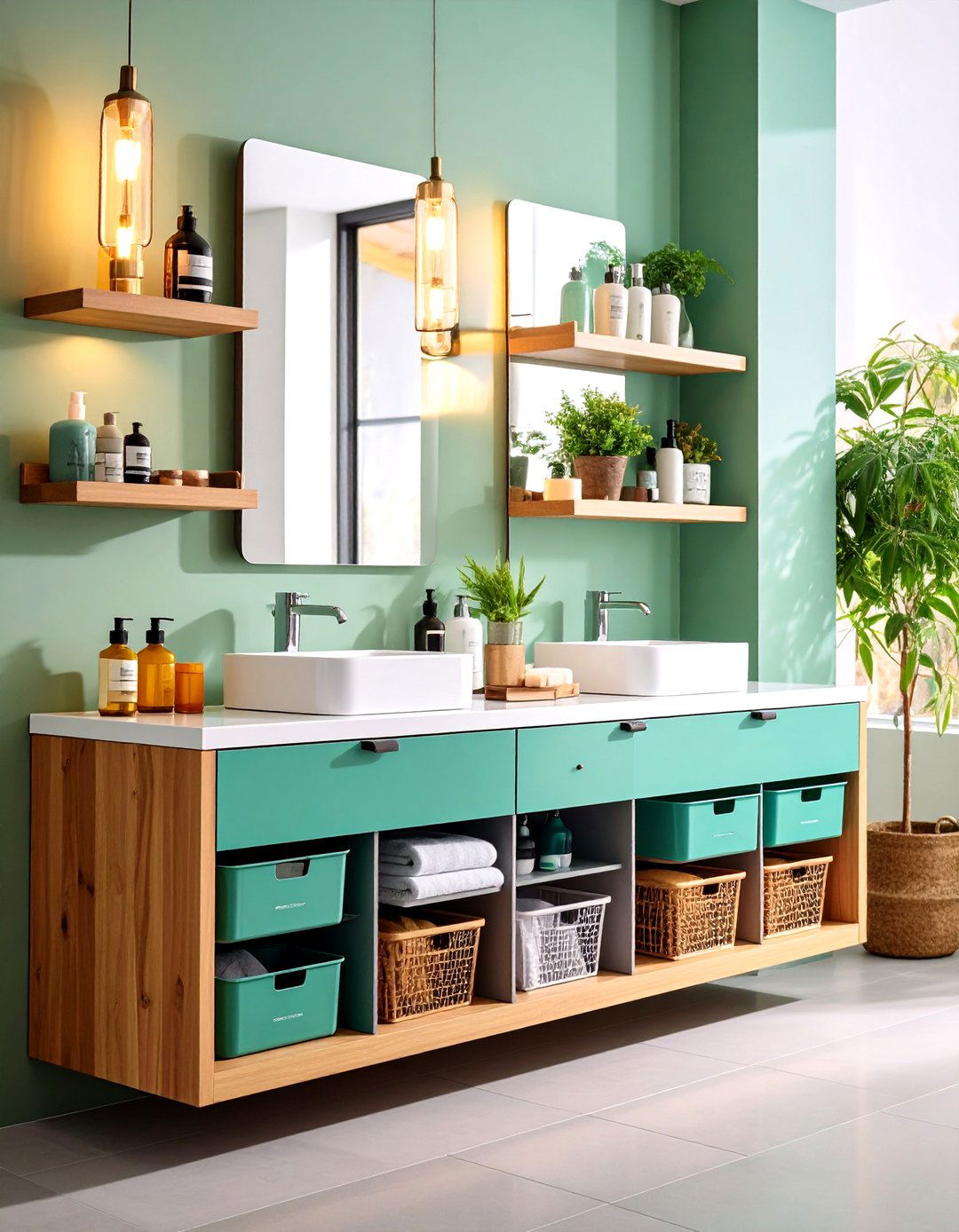
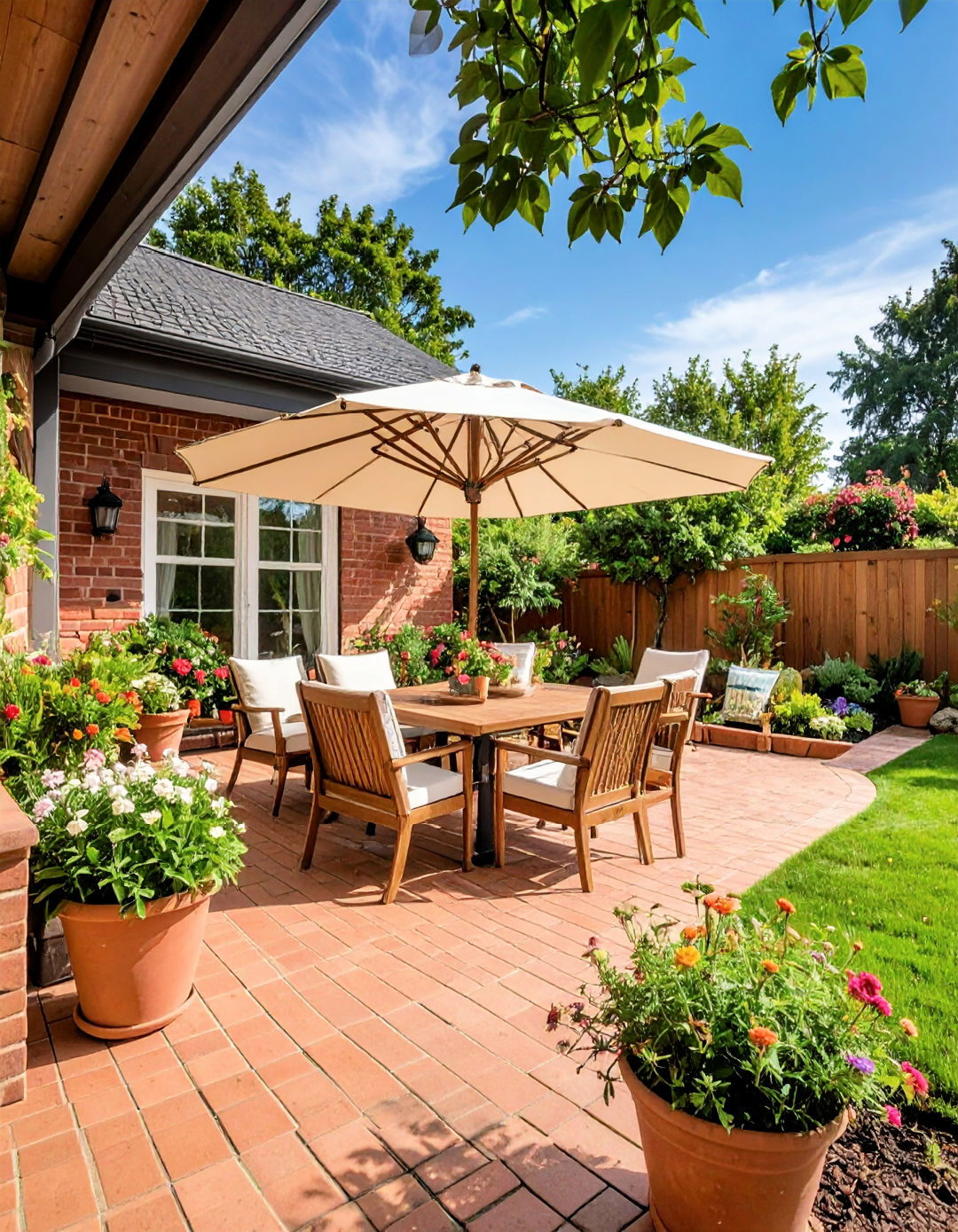
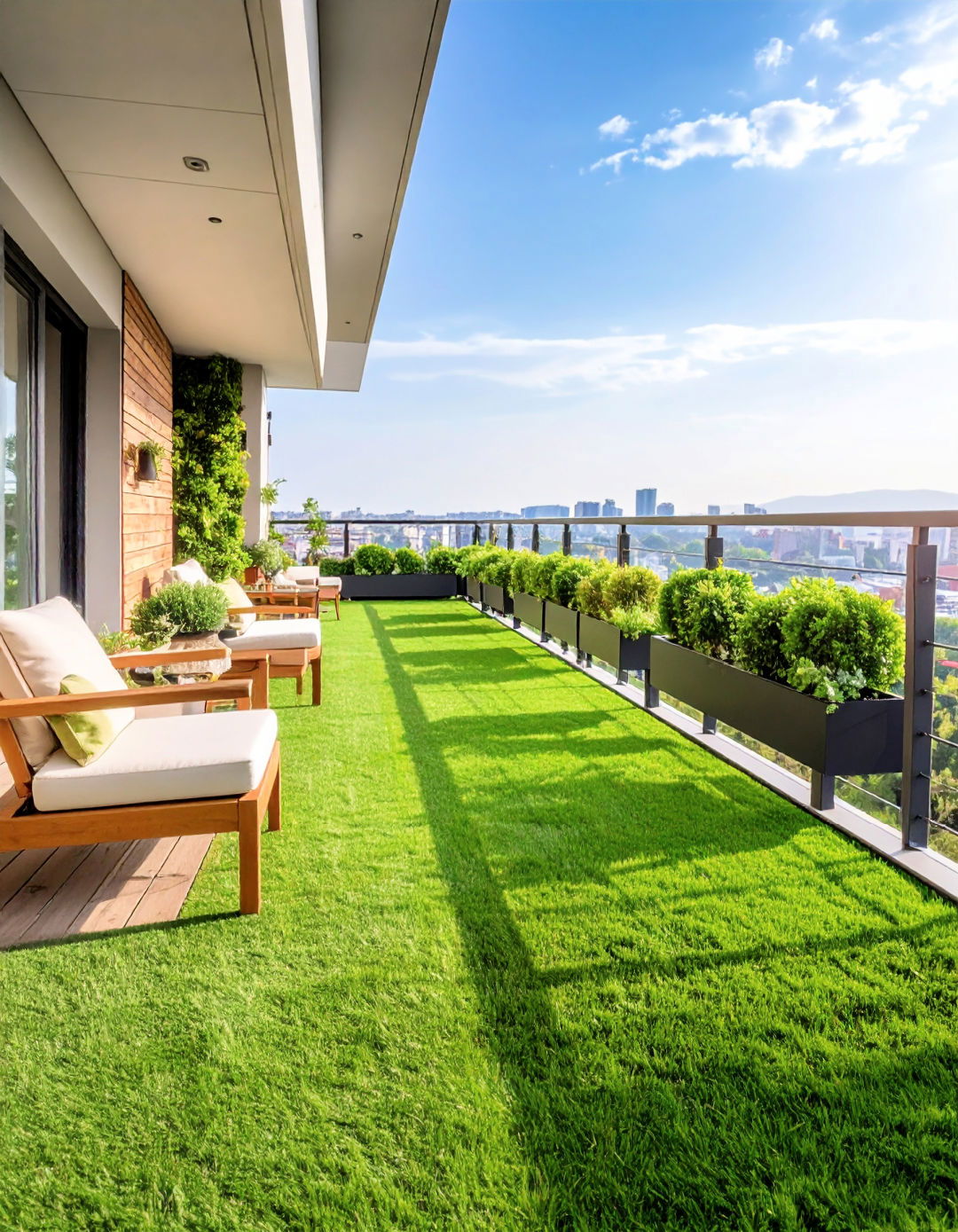
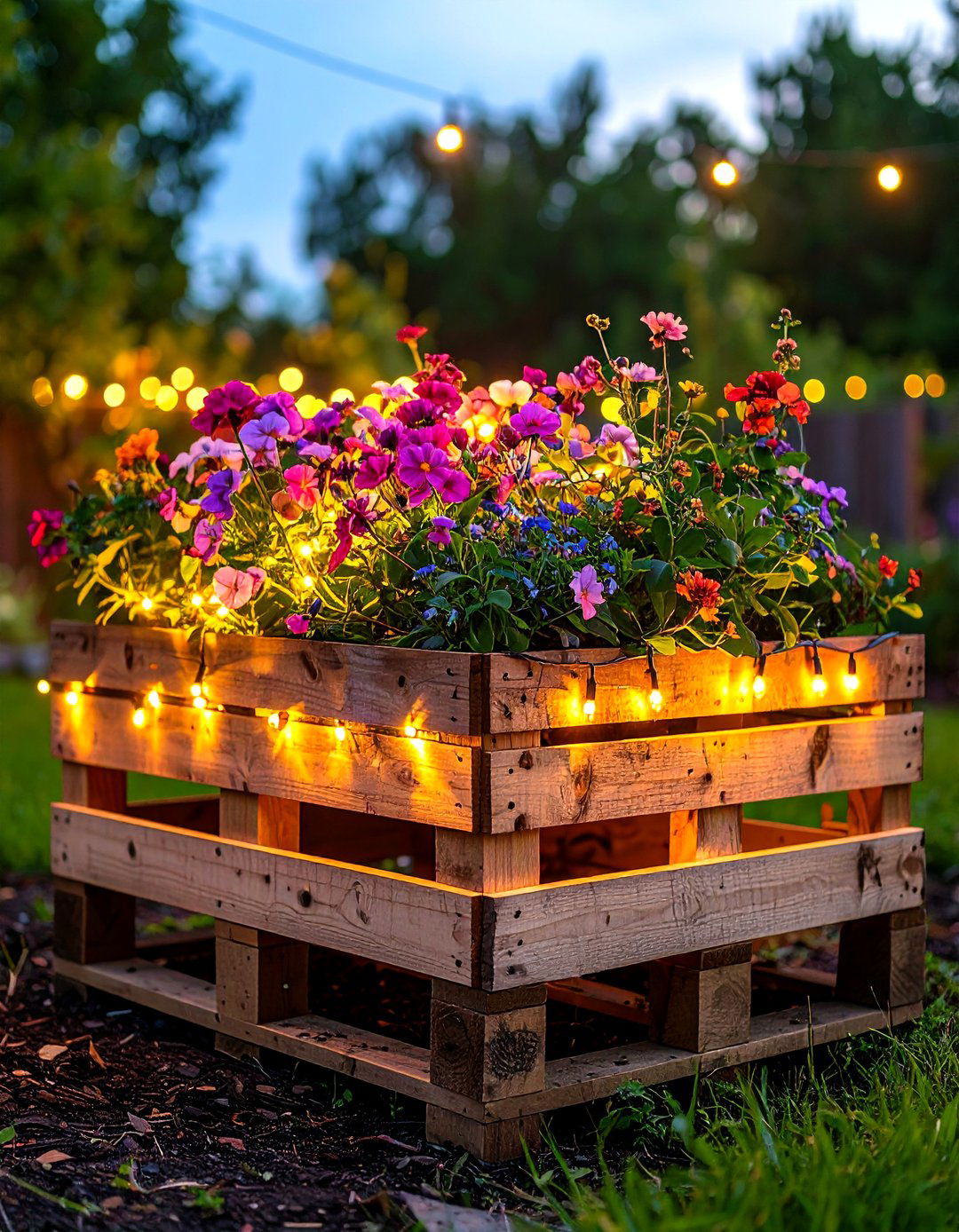
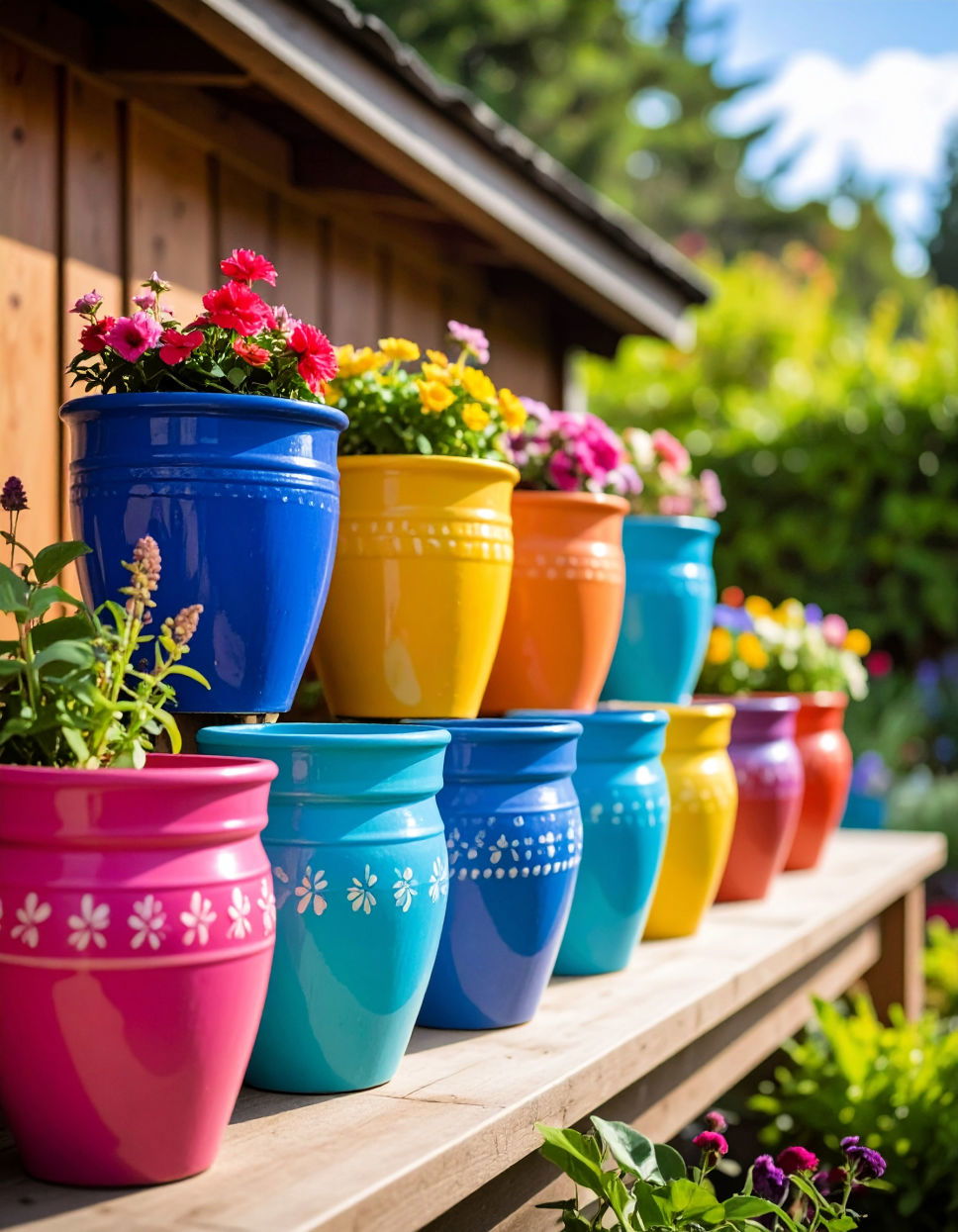
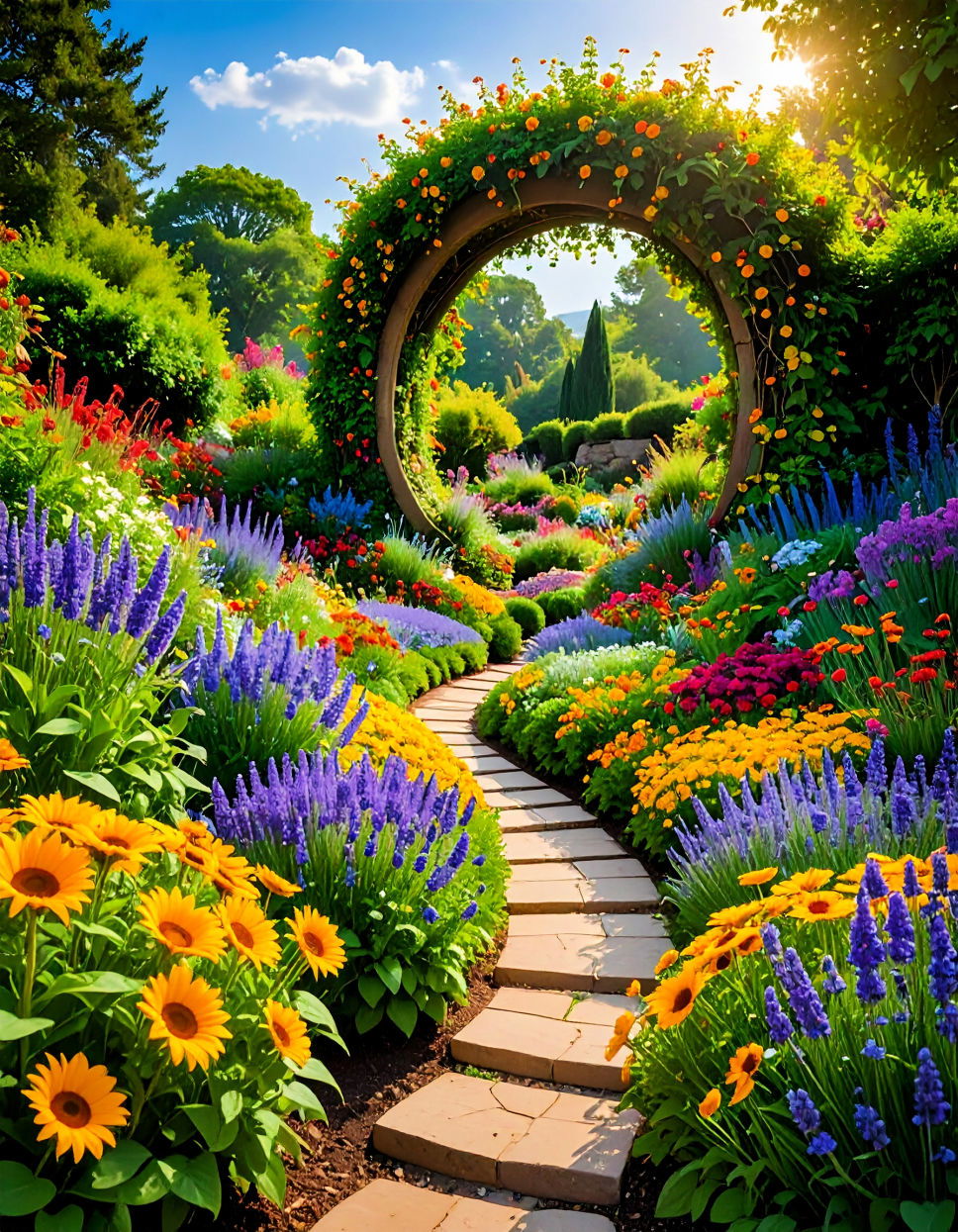
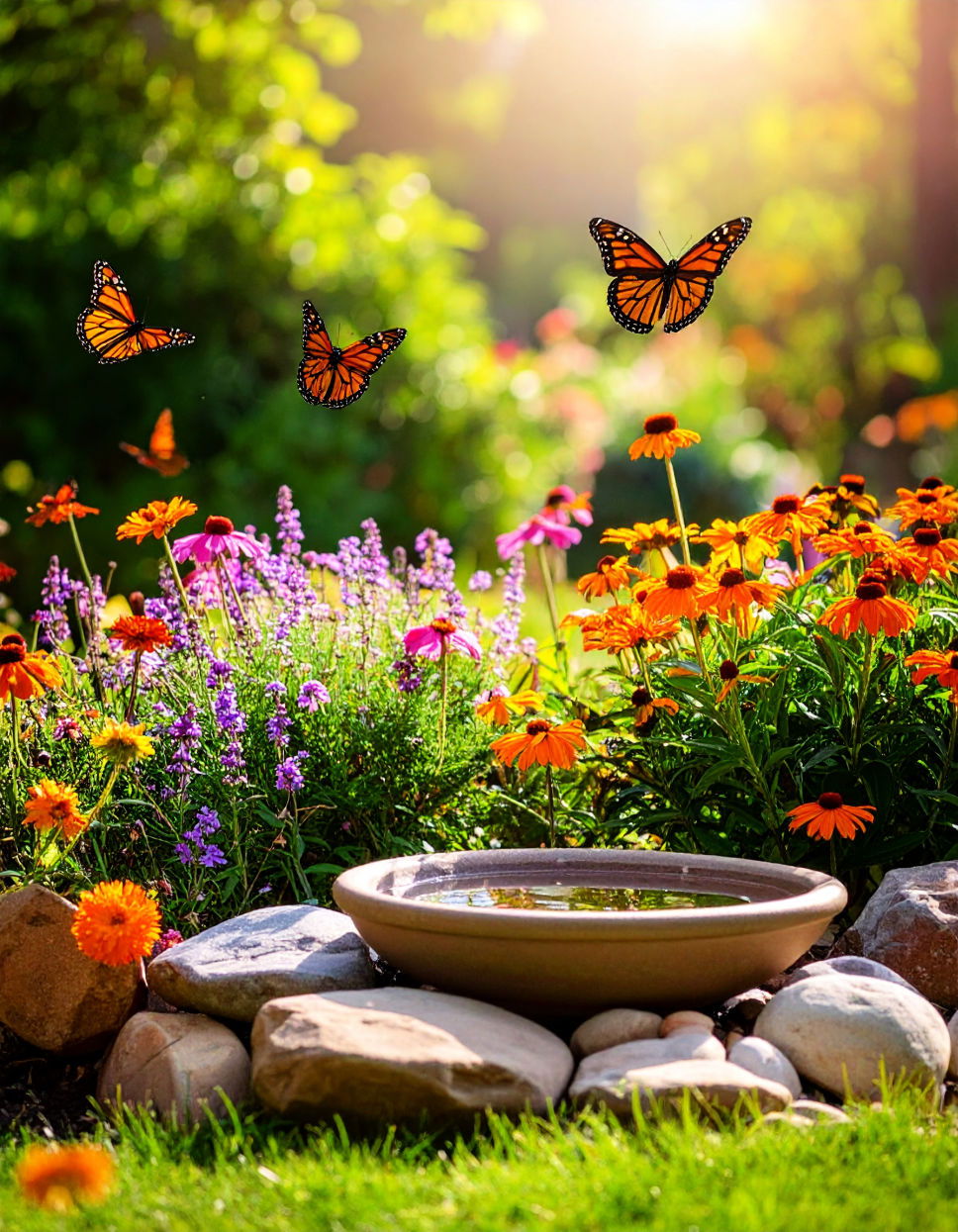

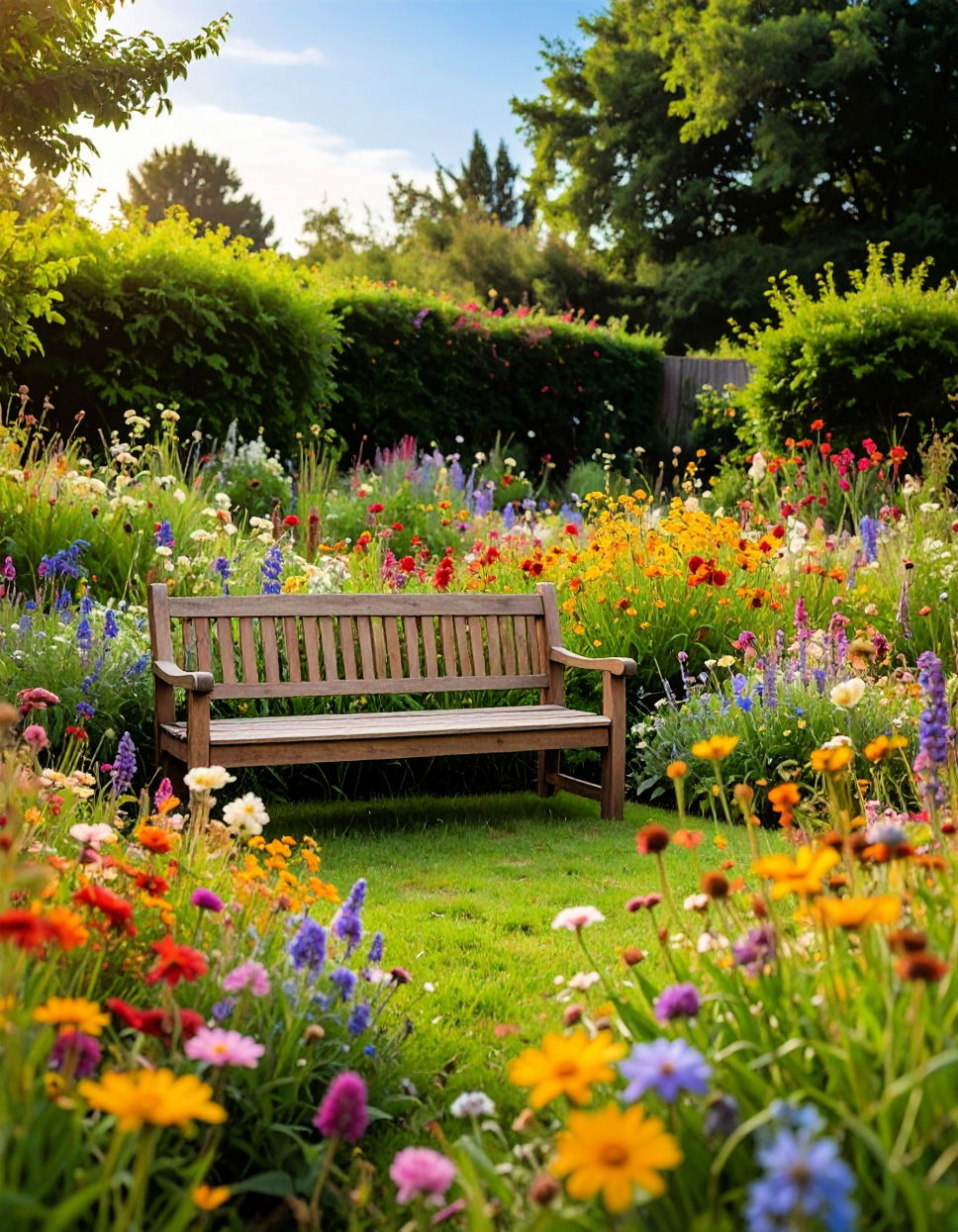
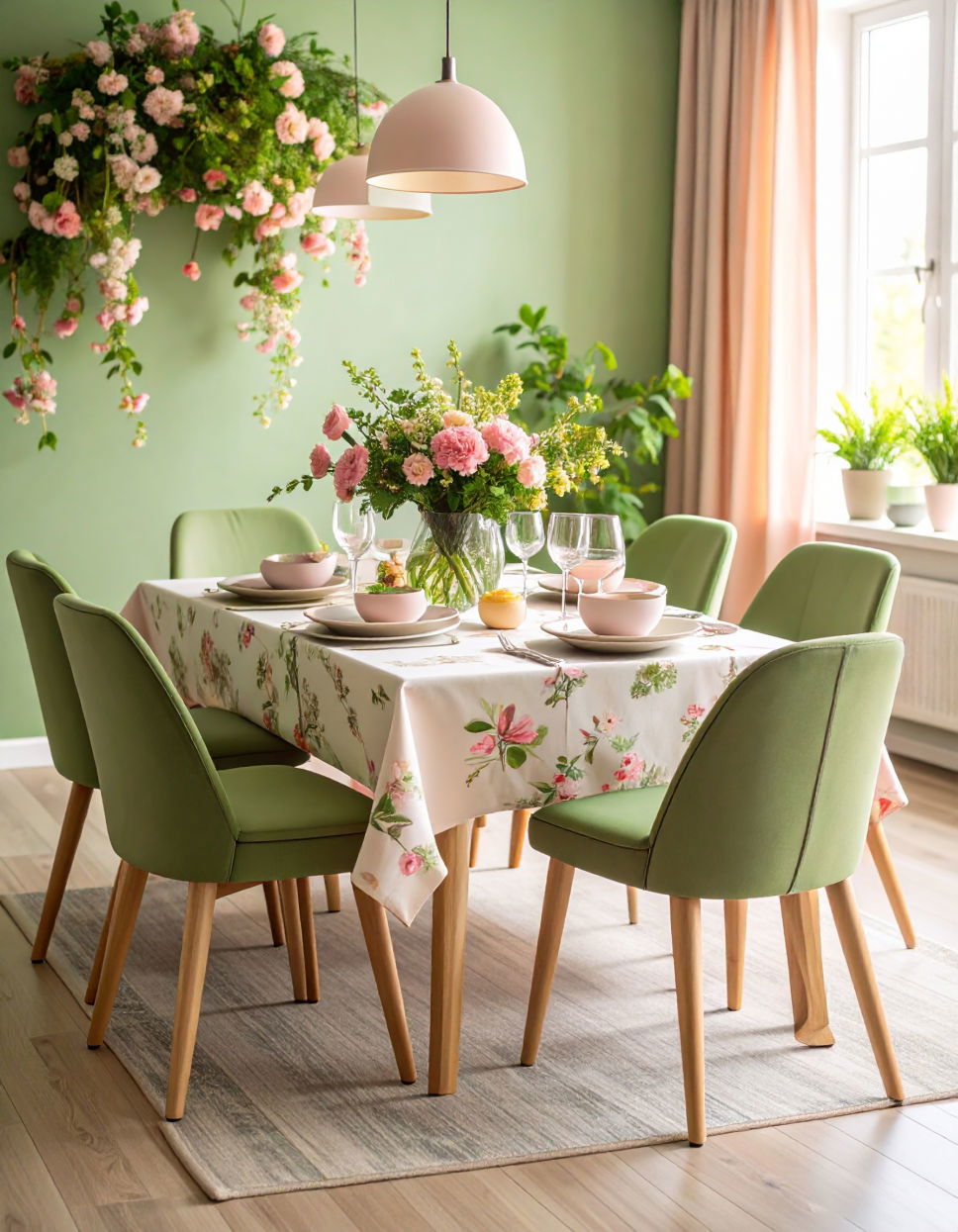
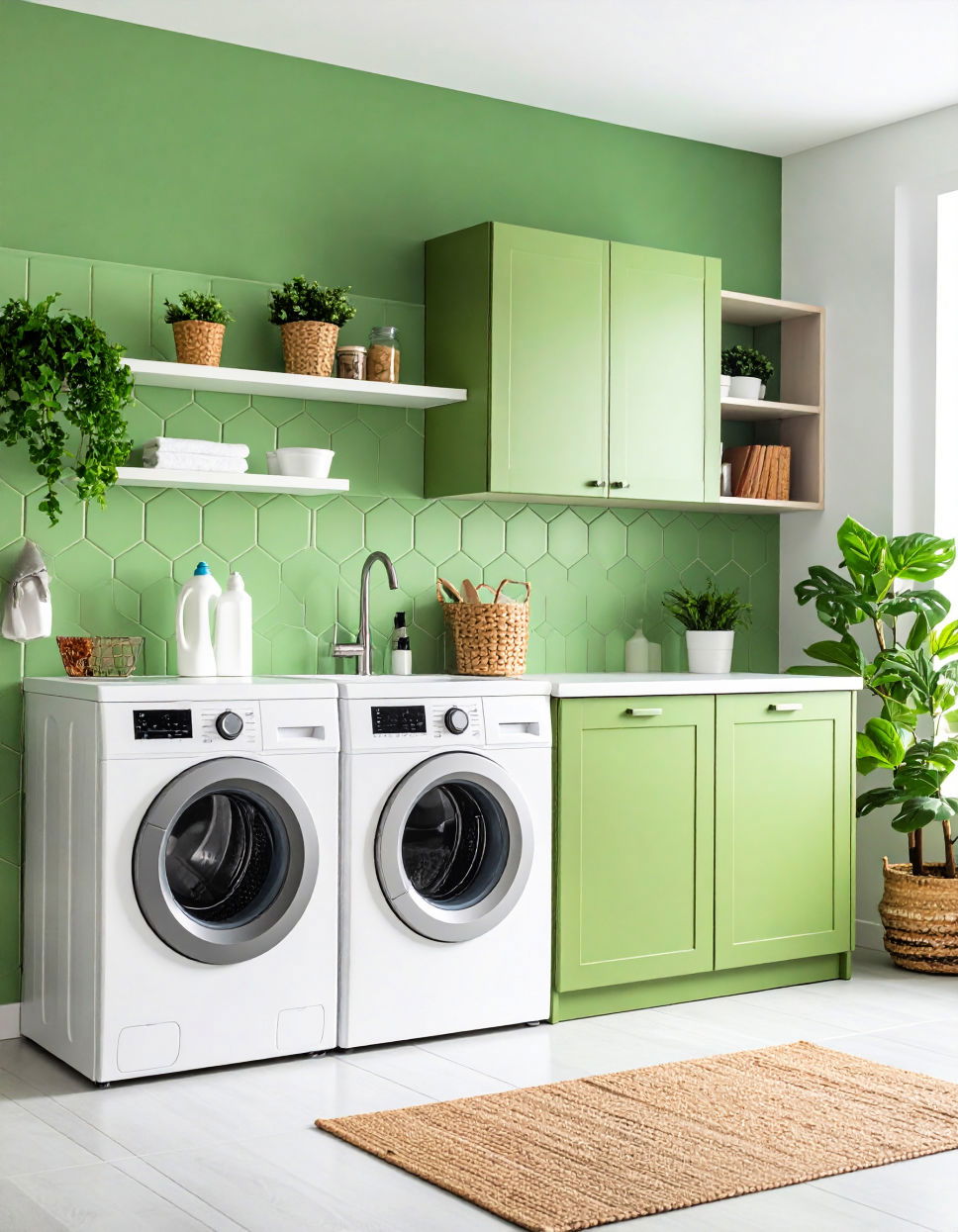
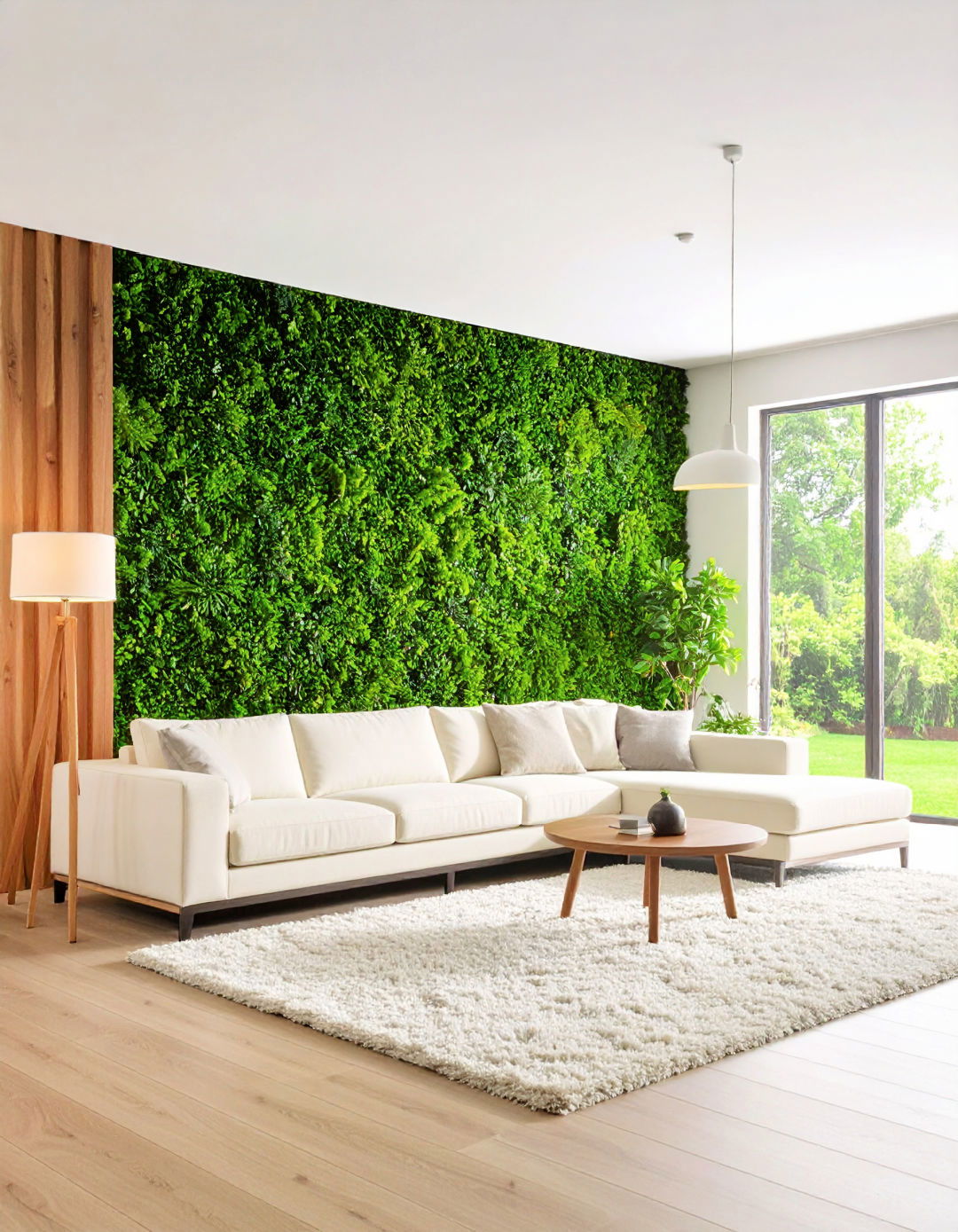
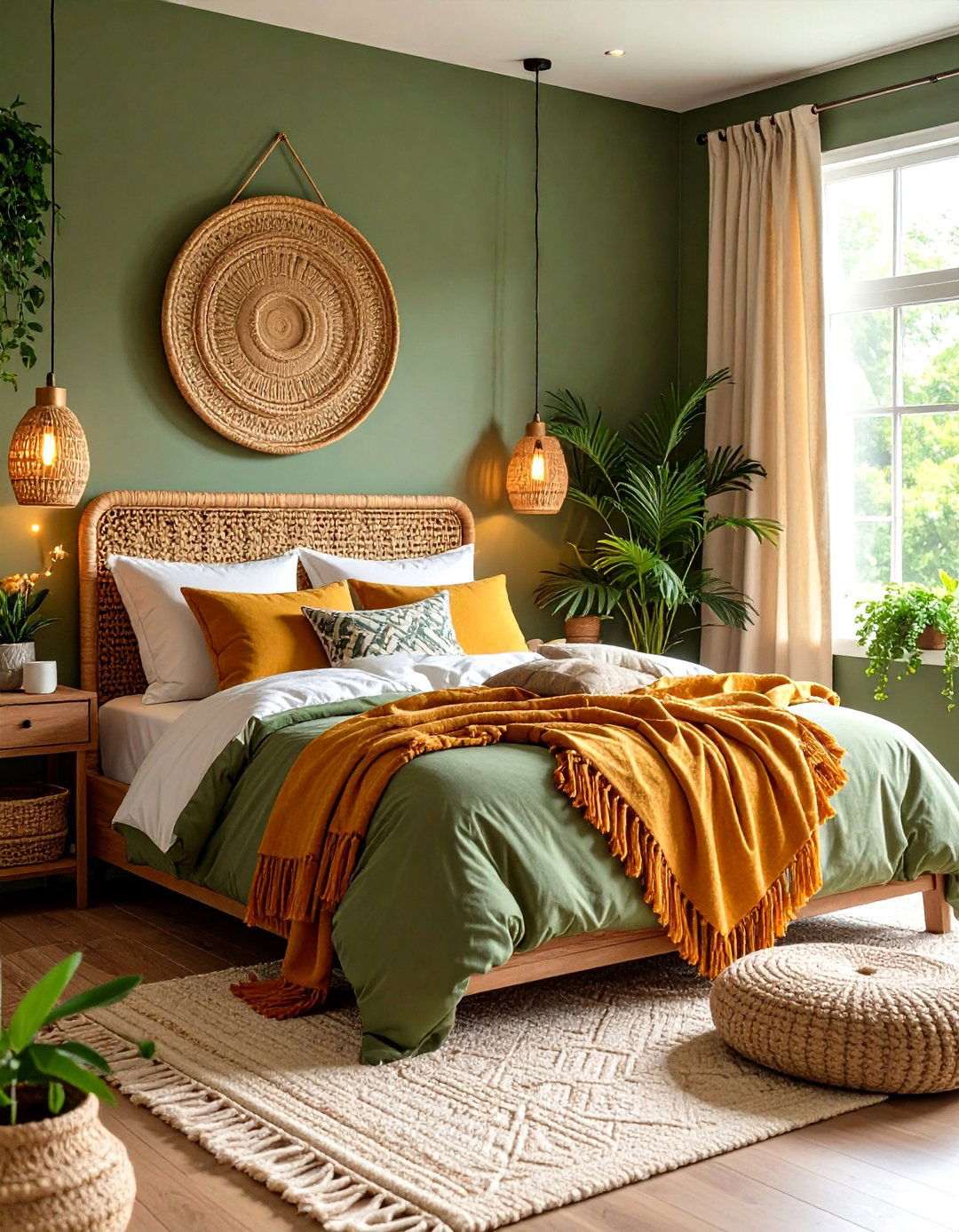
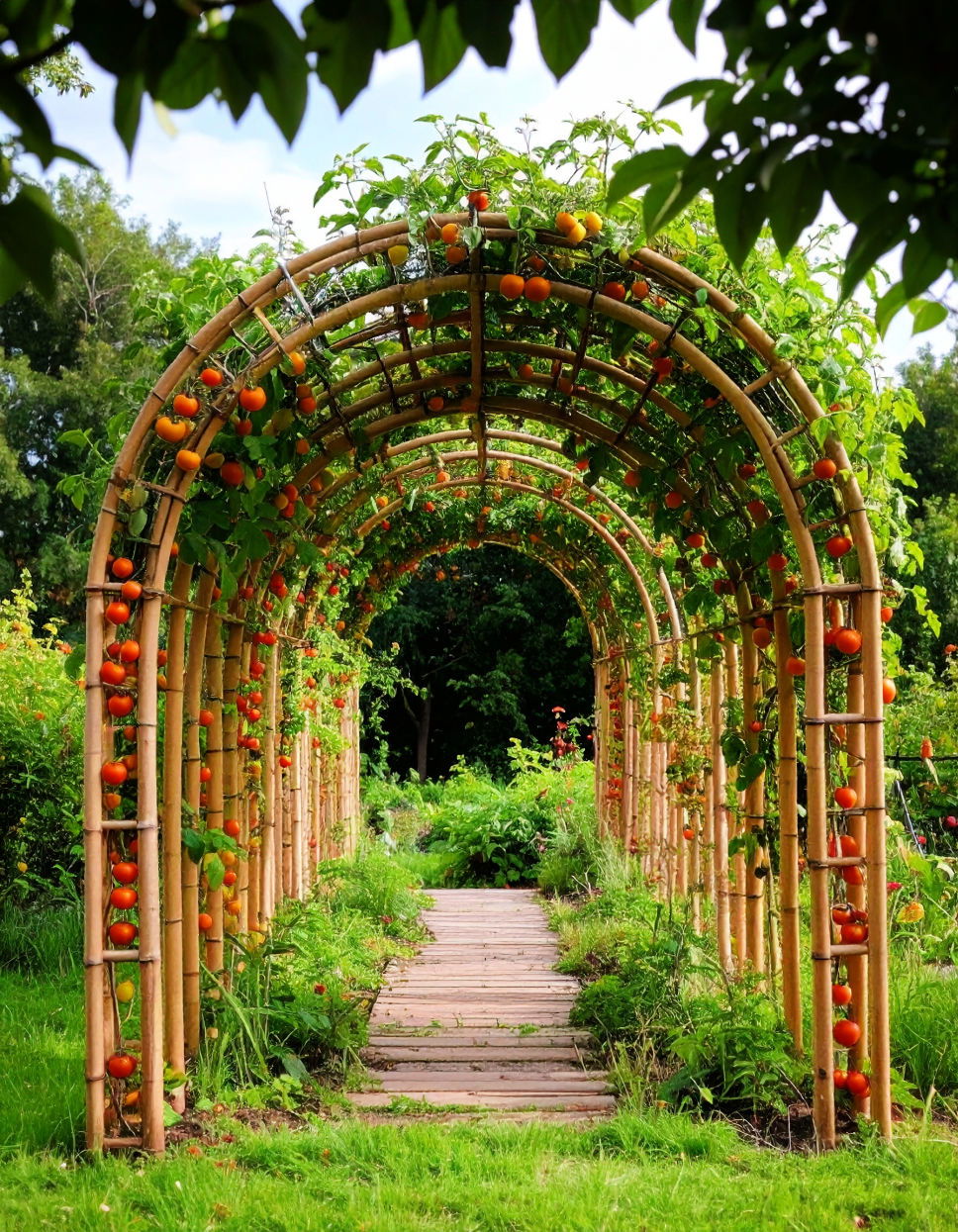
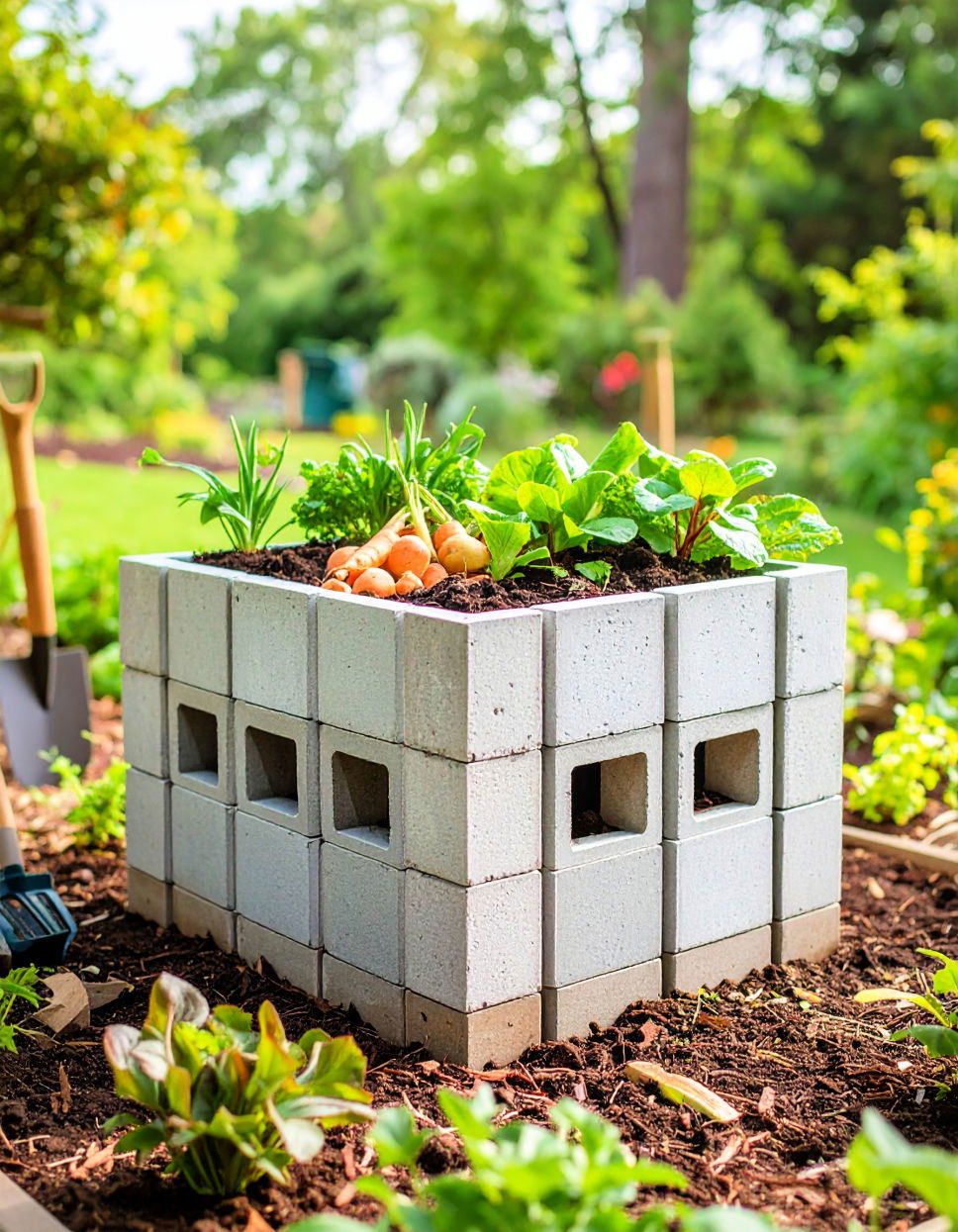
Leave a Reply